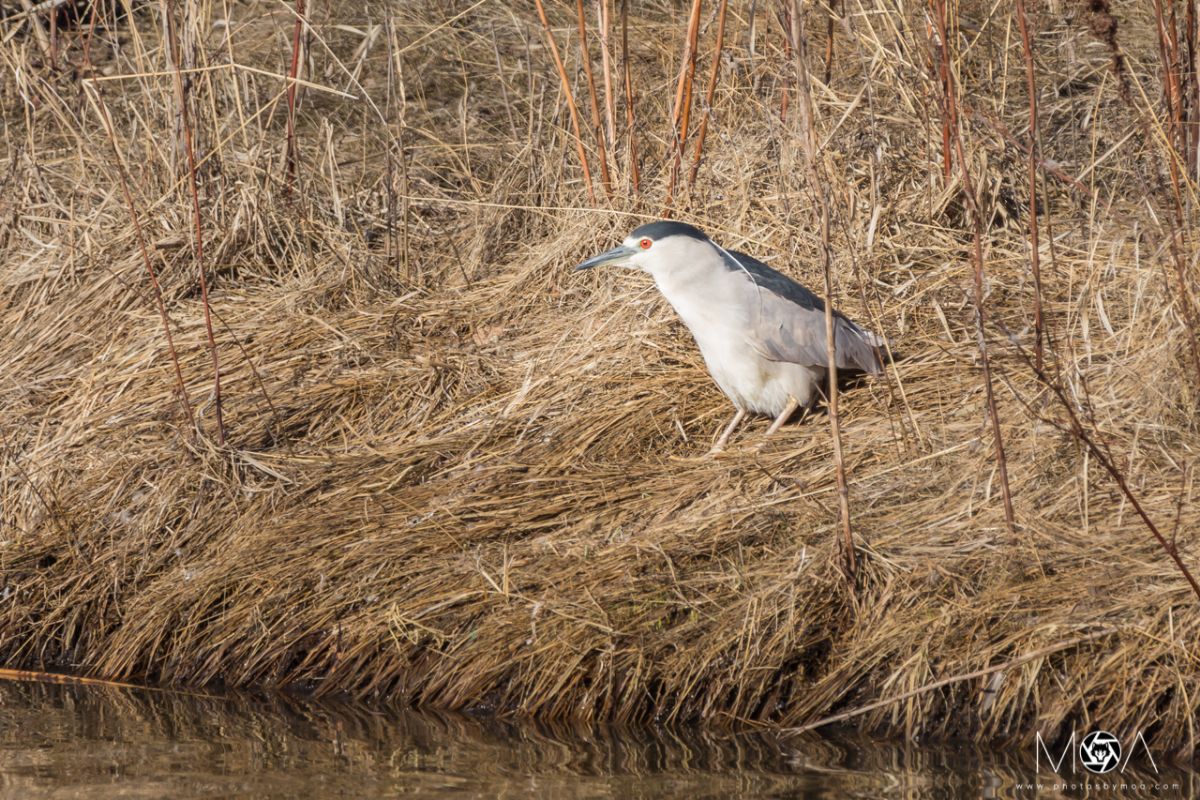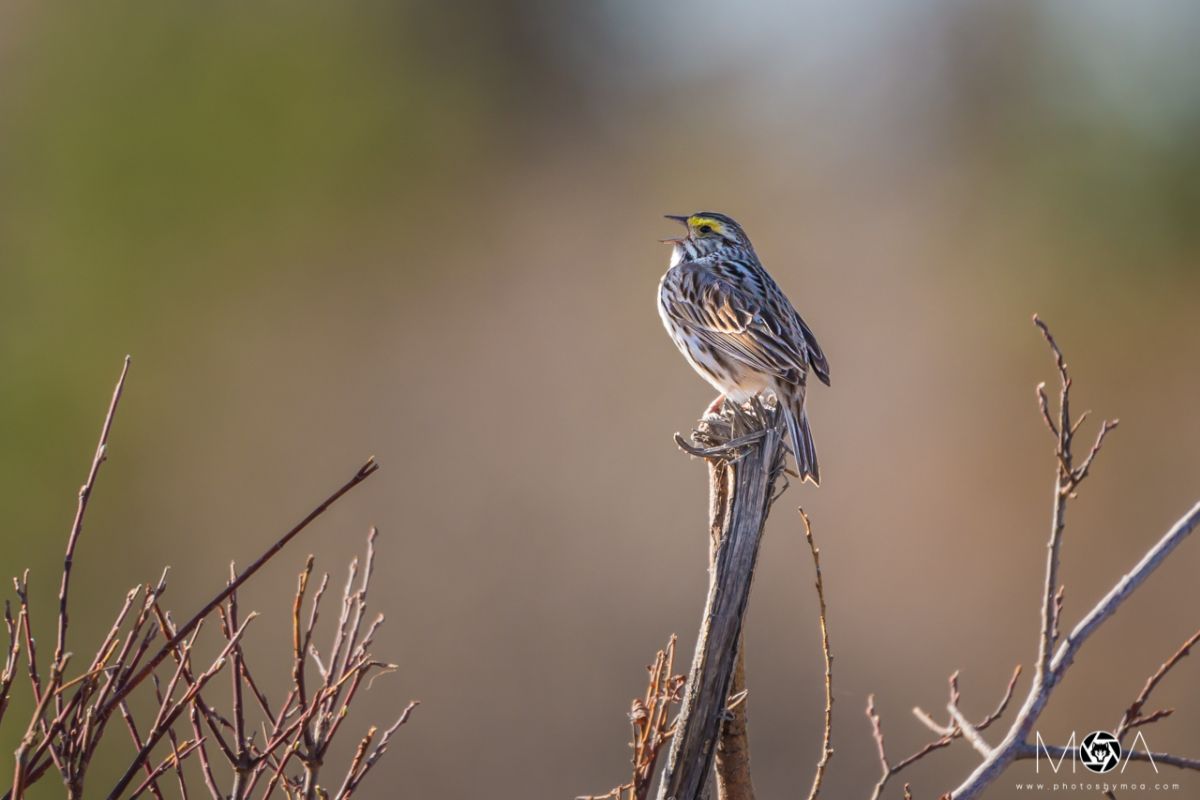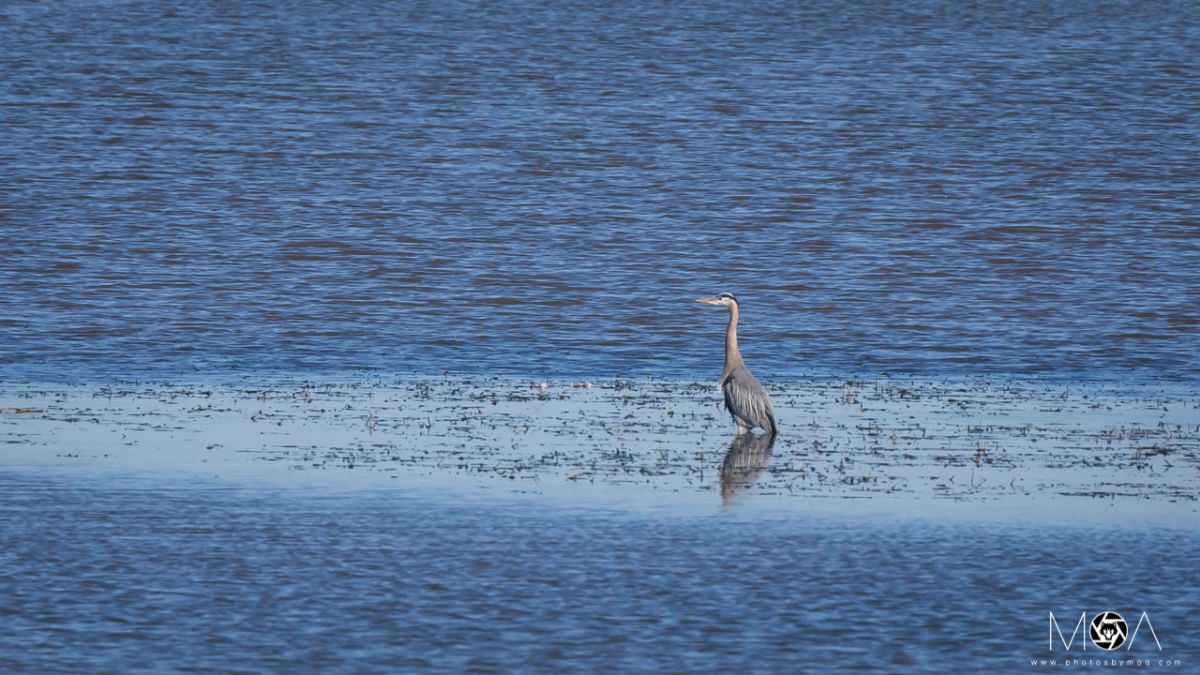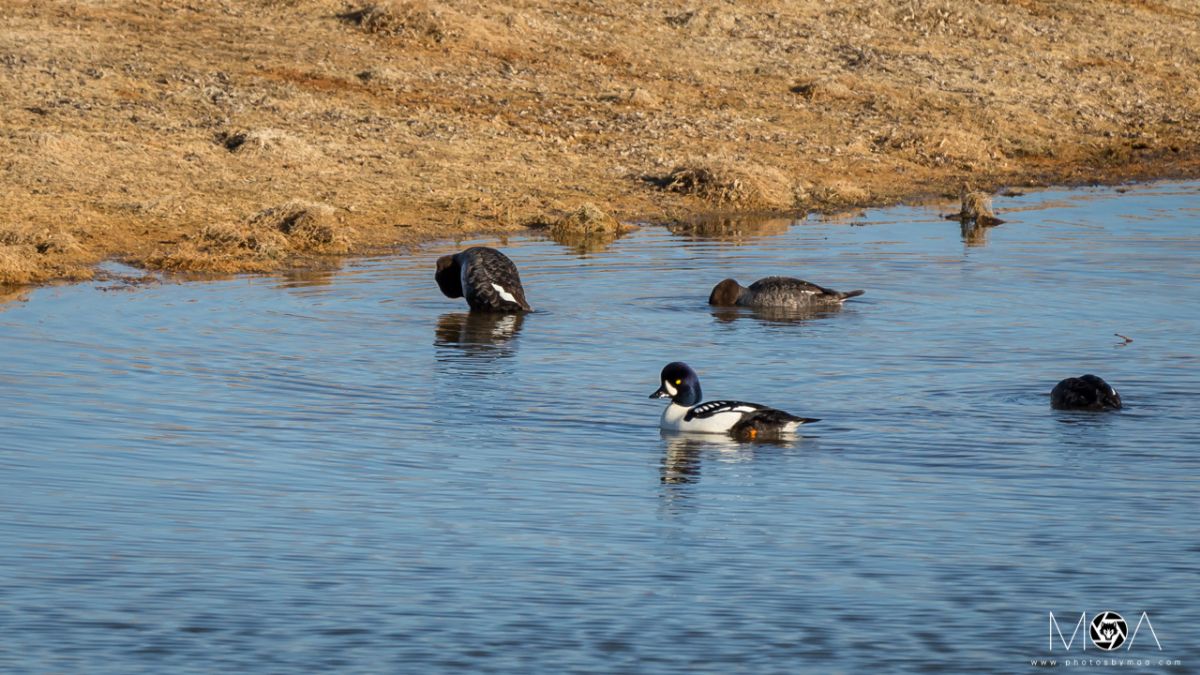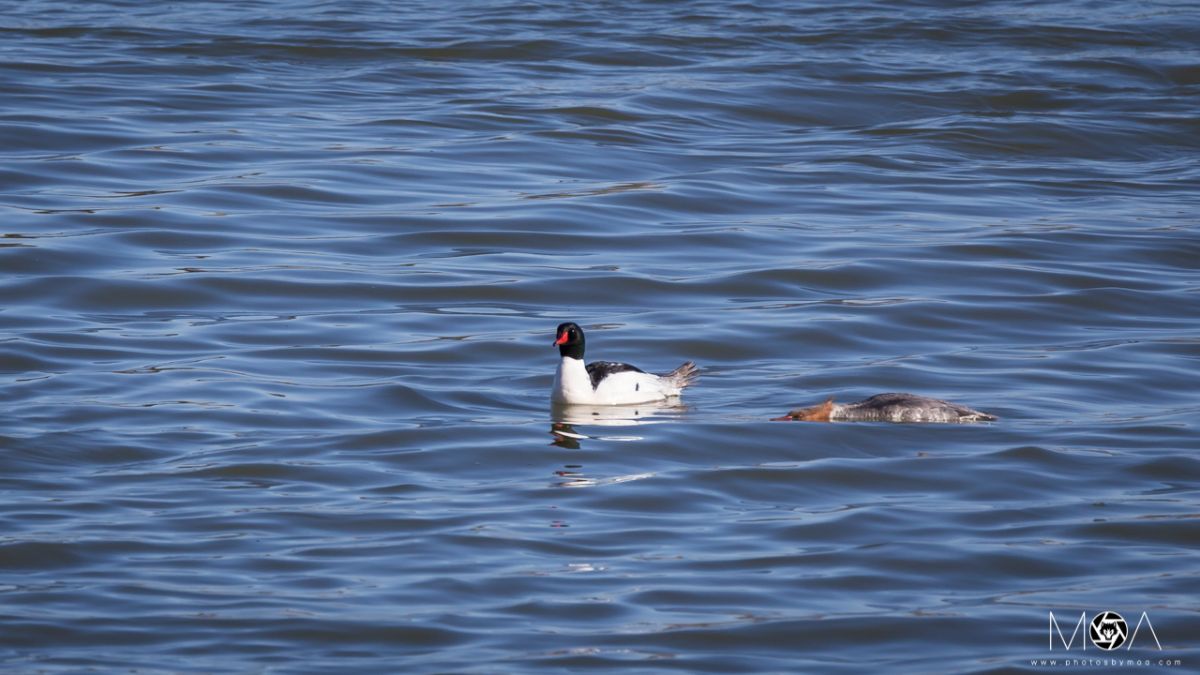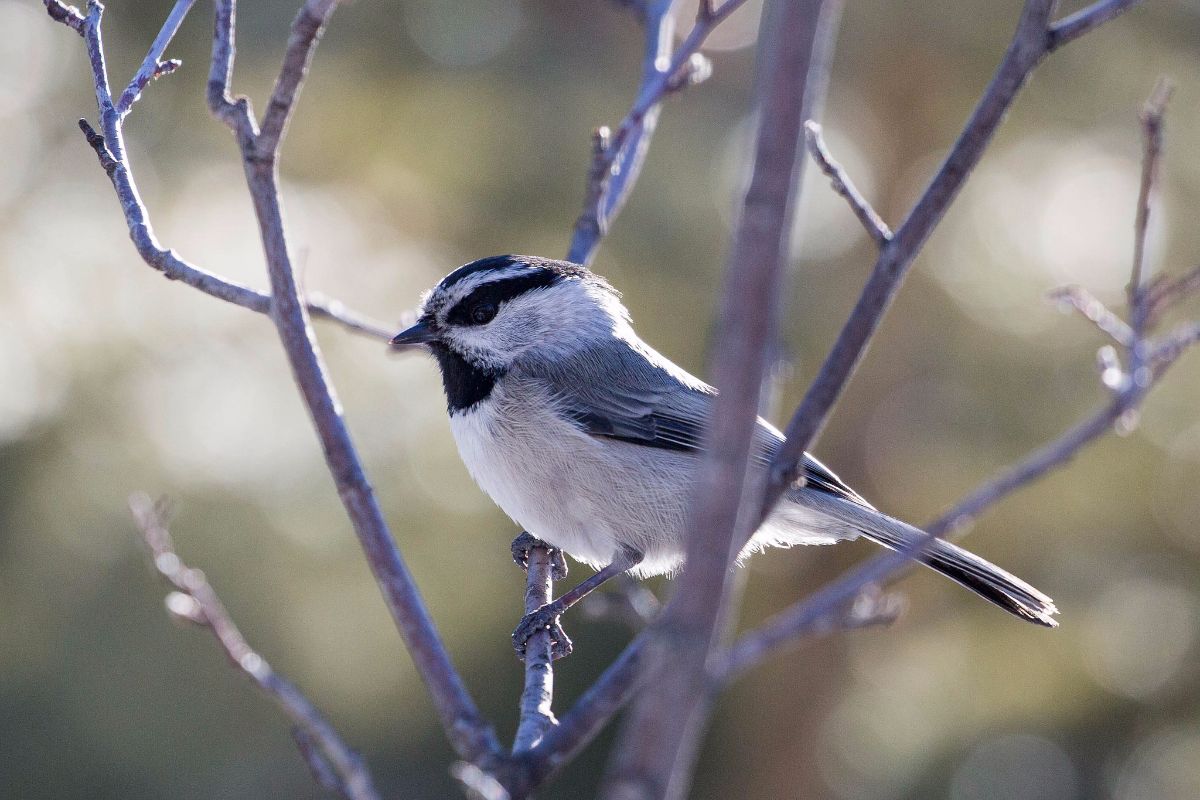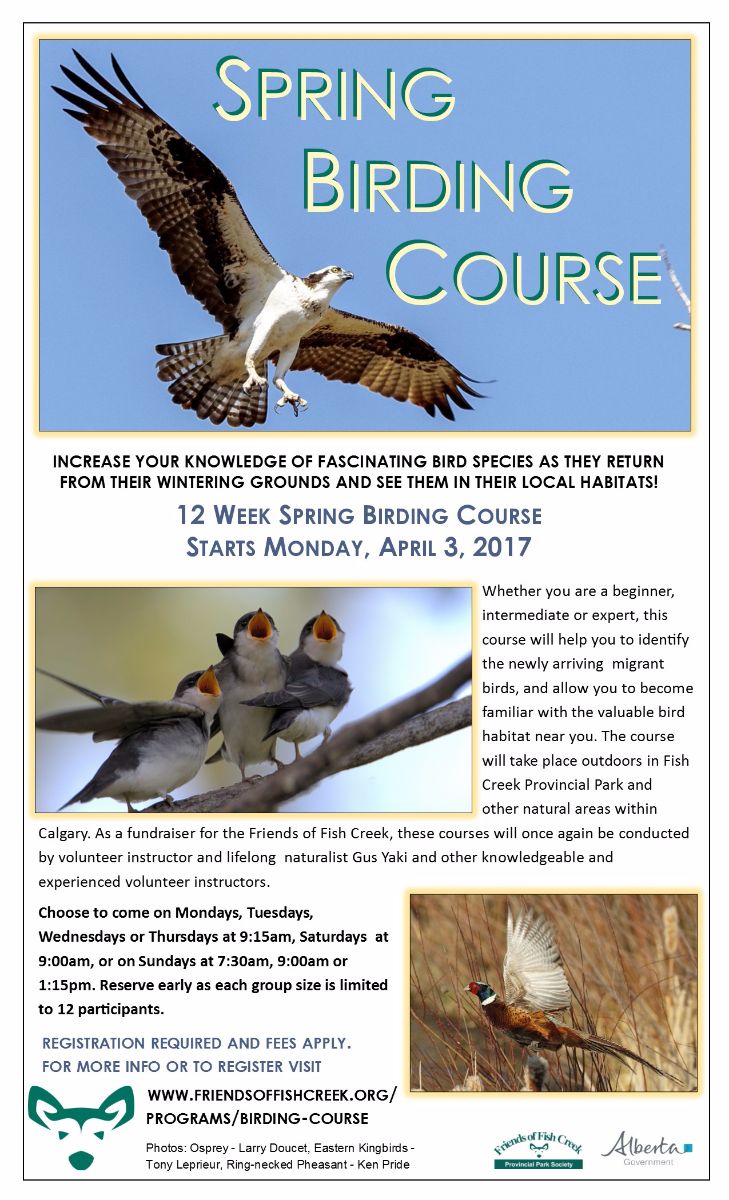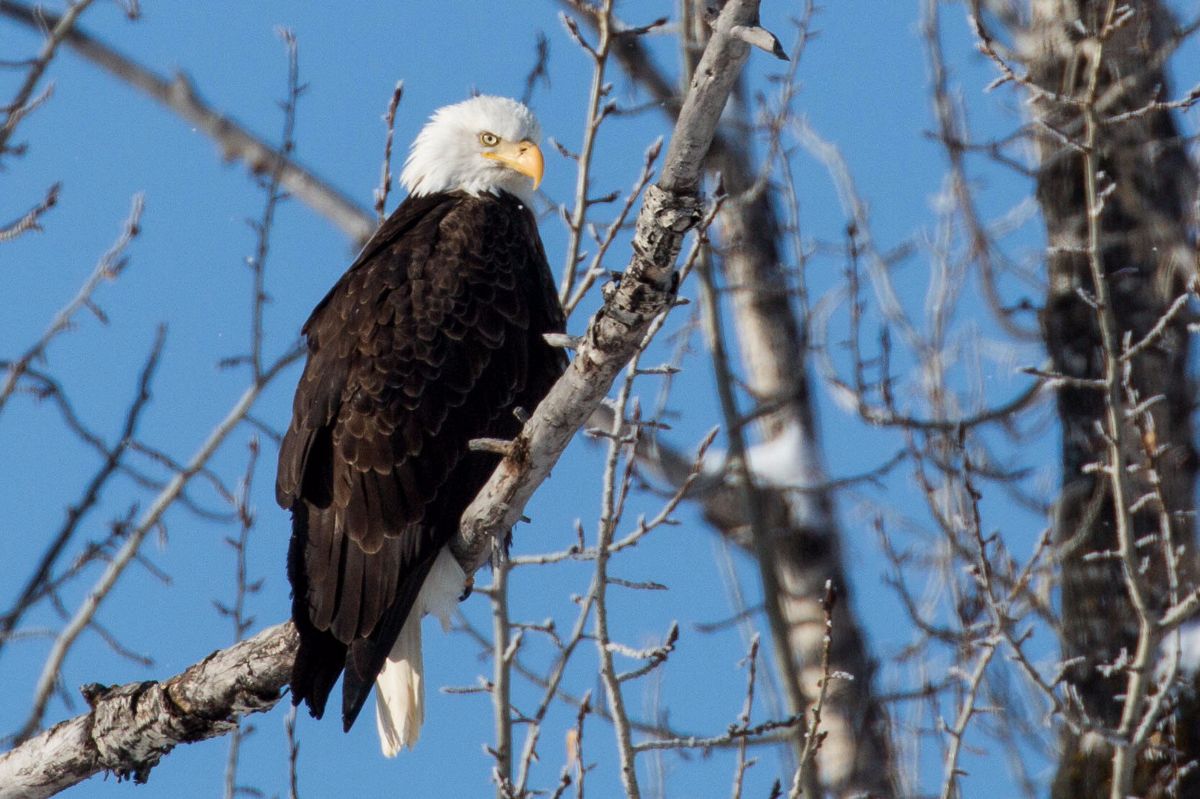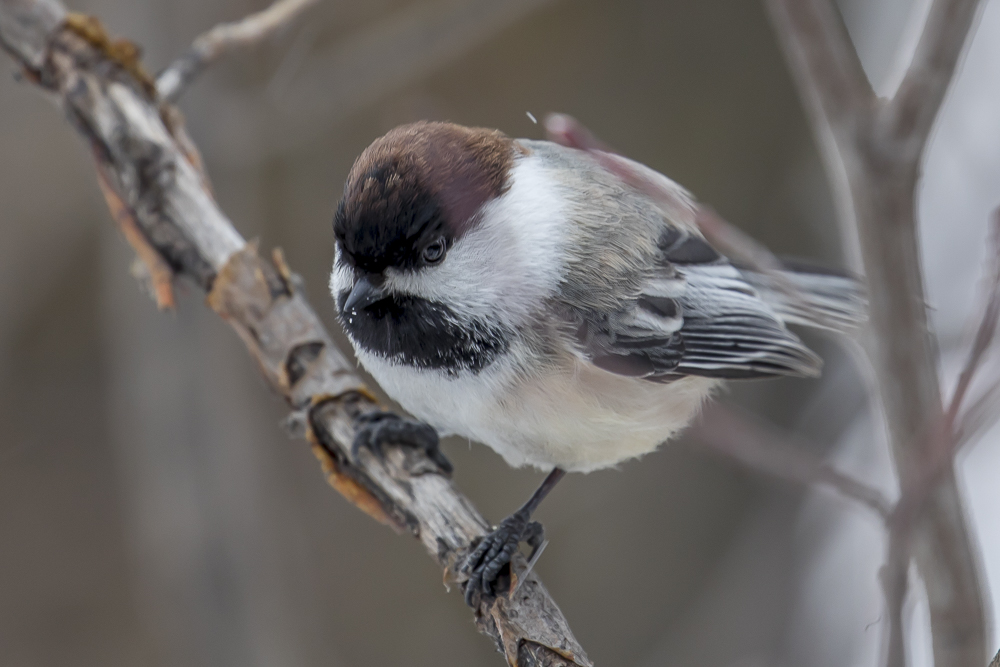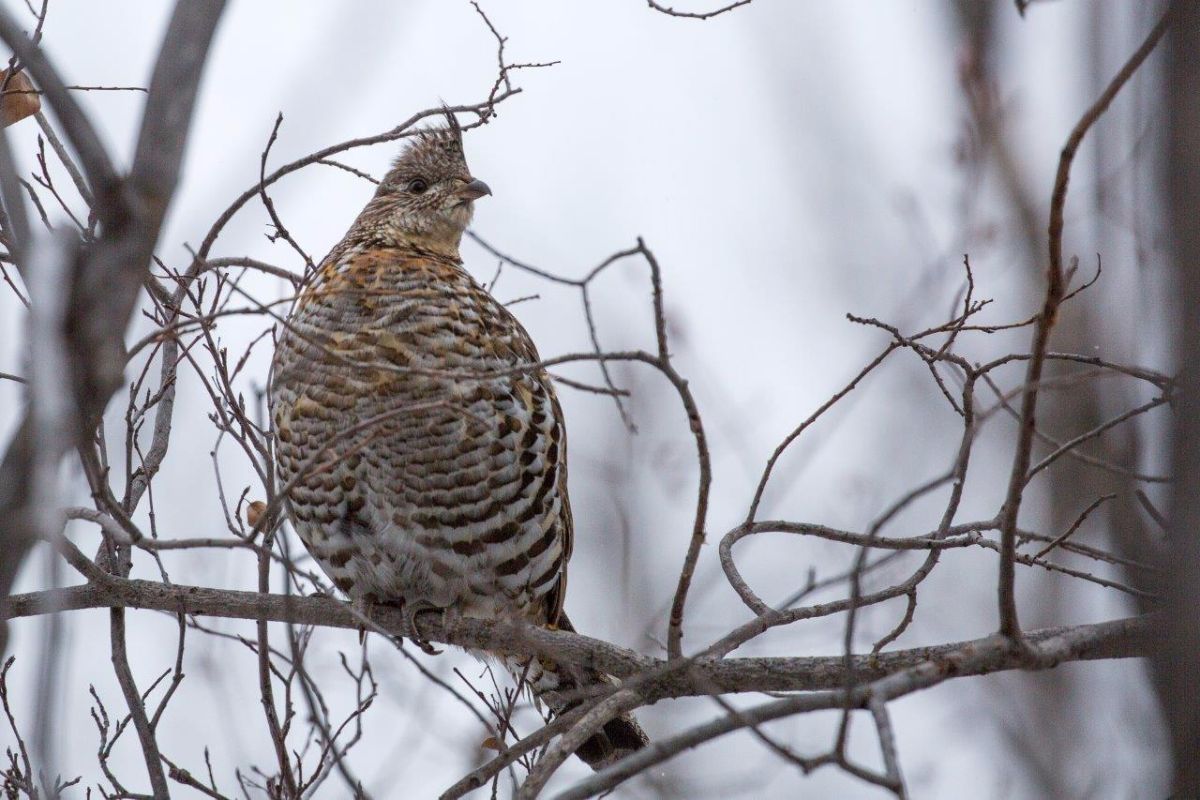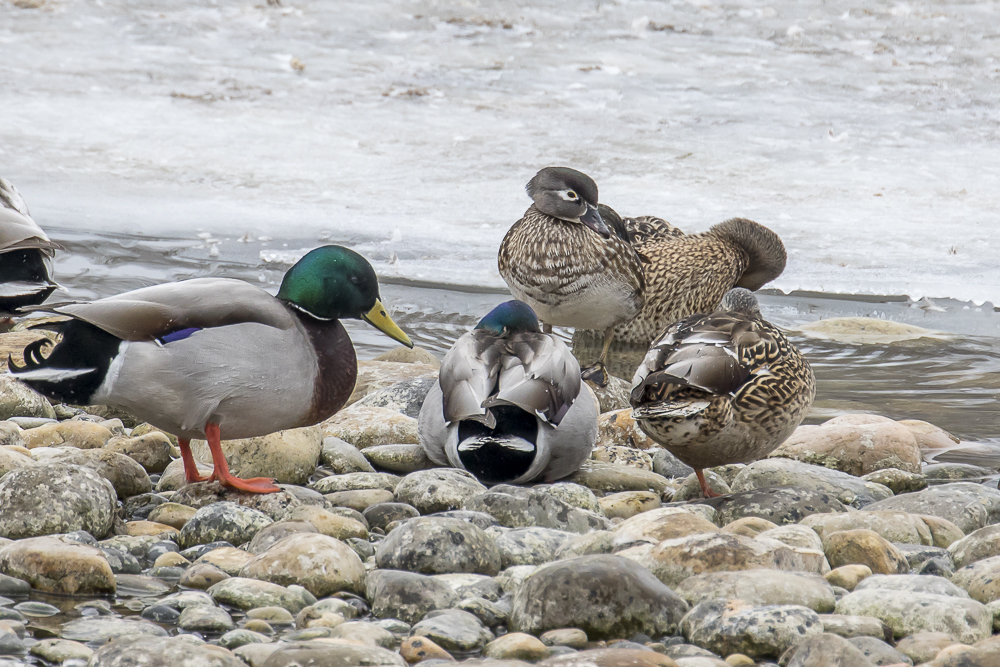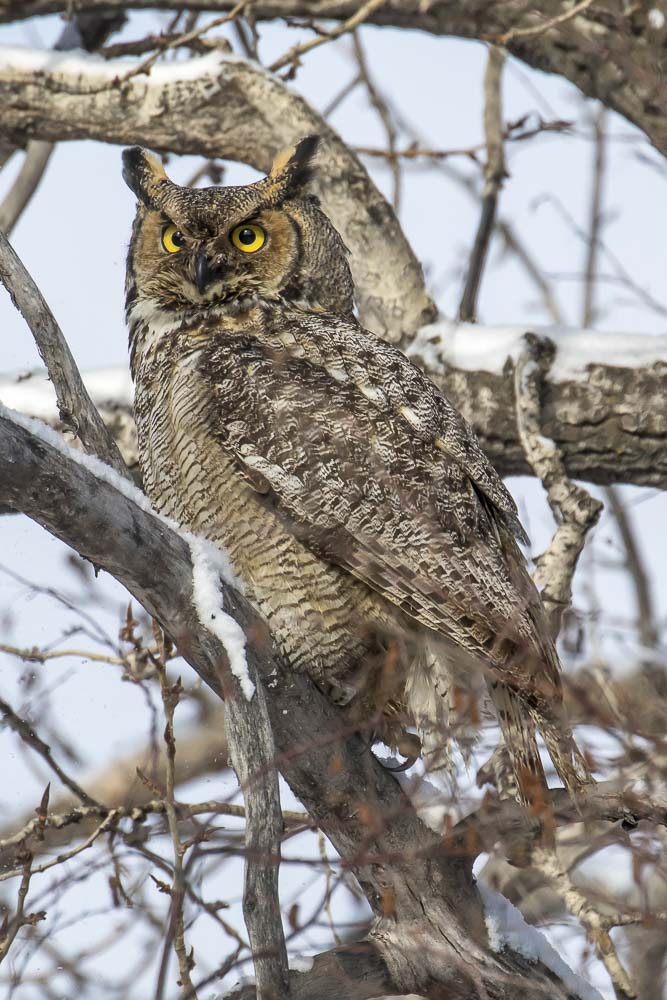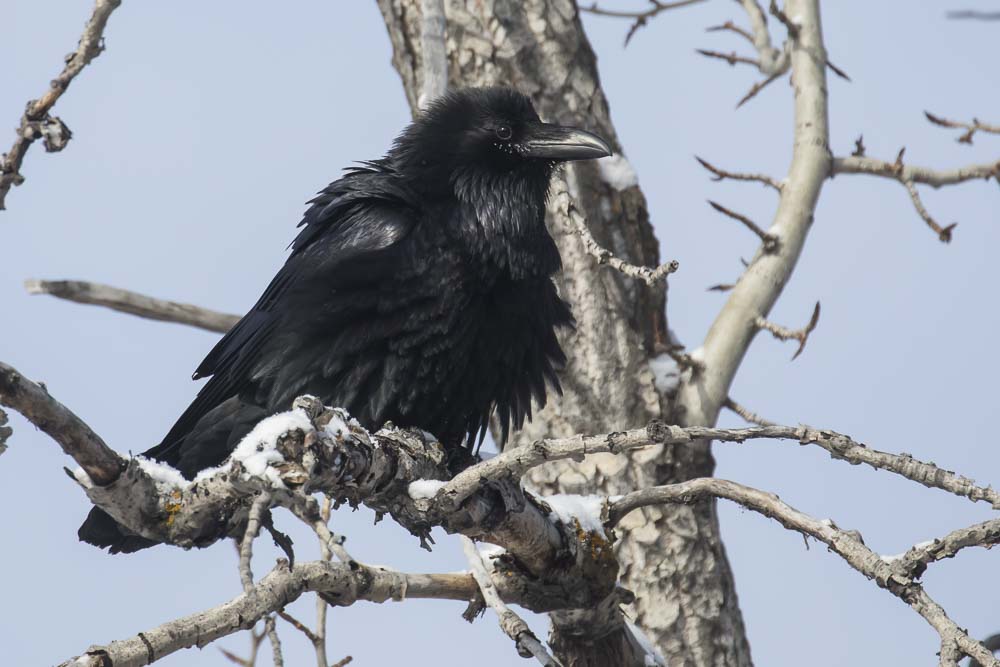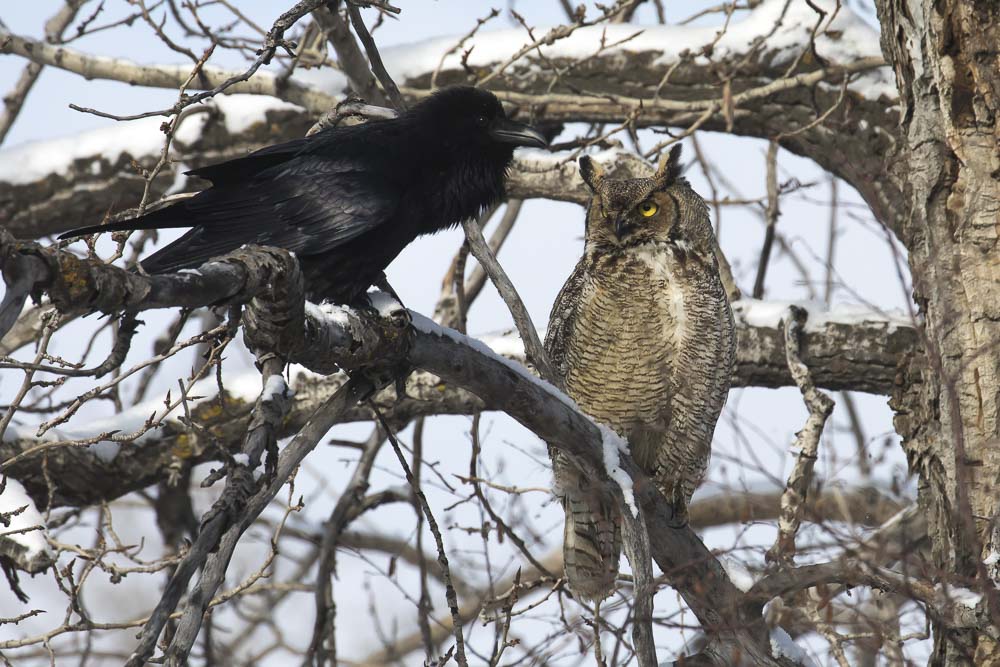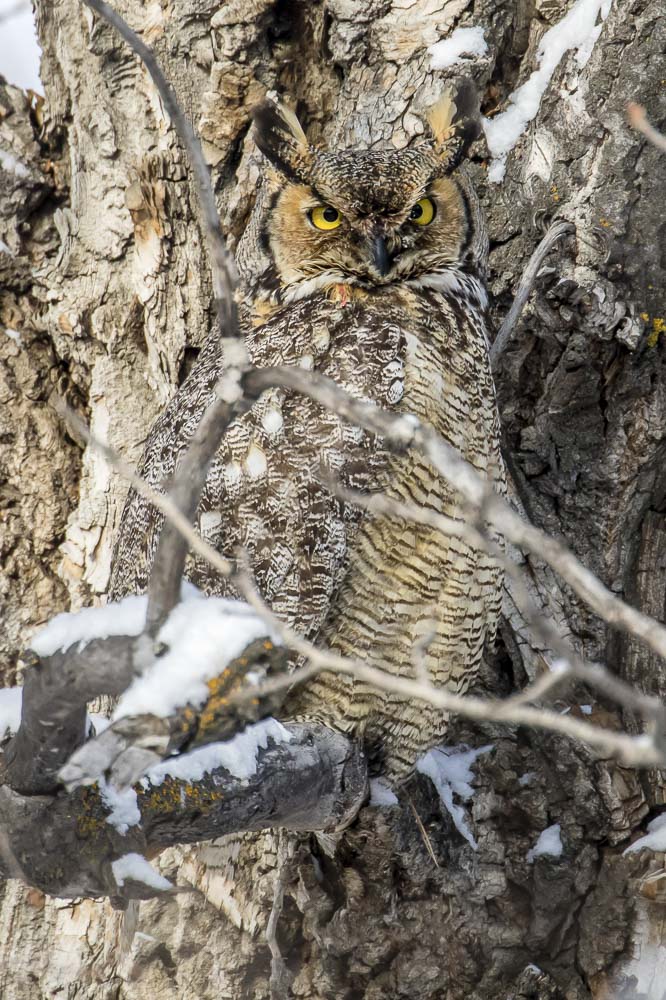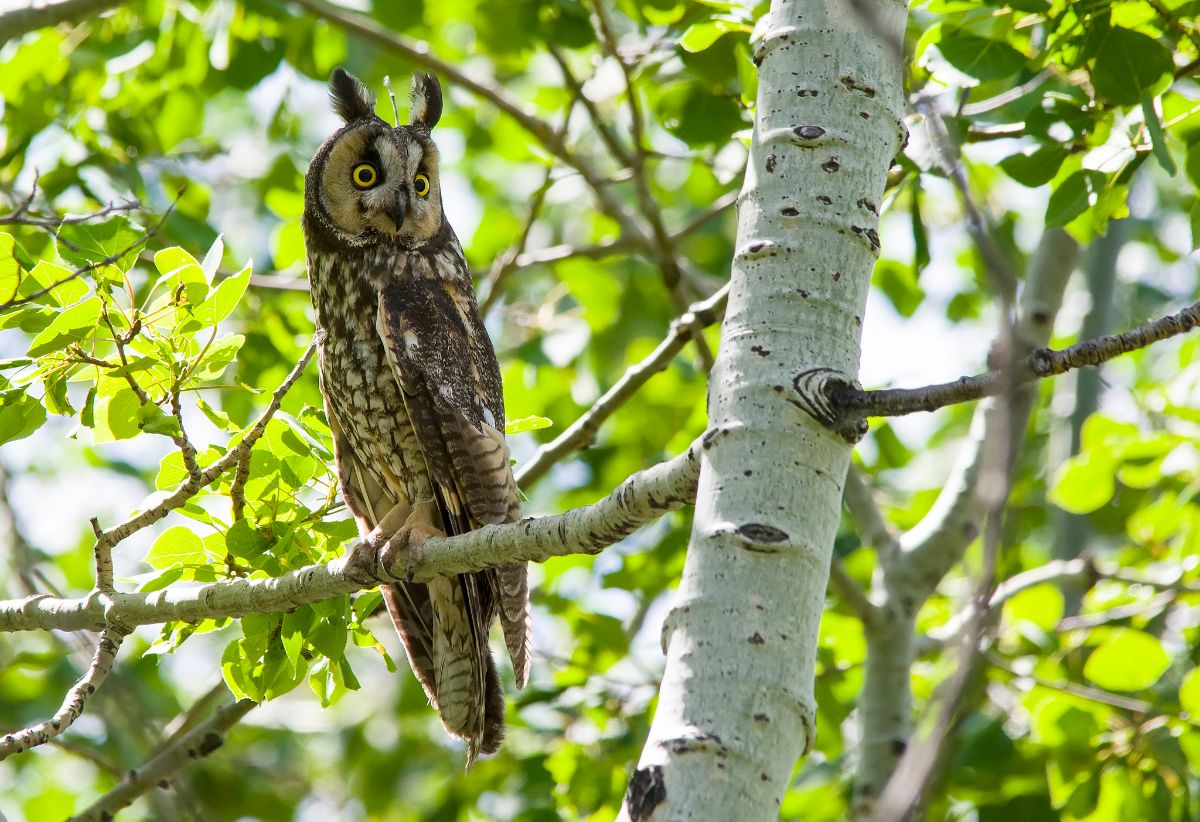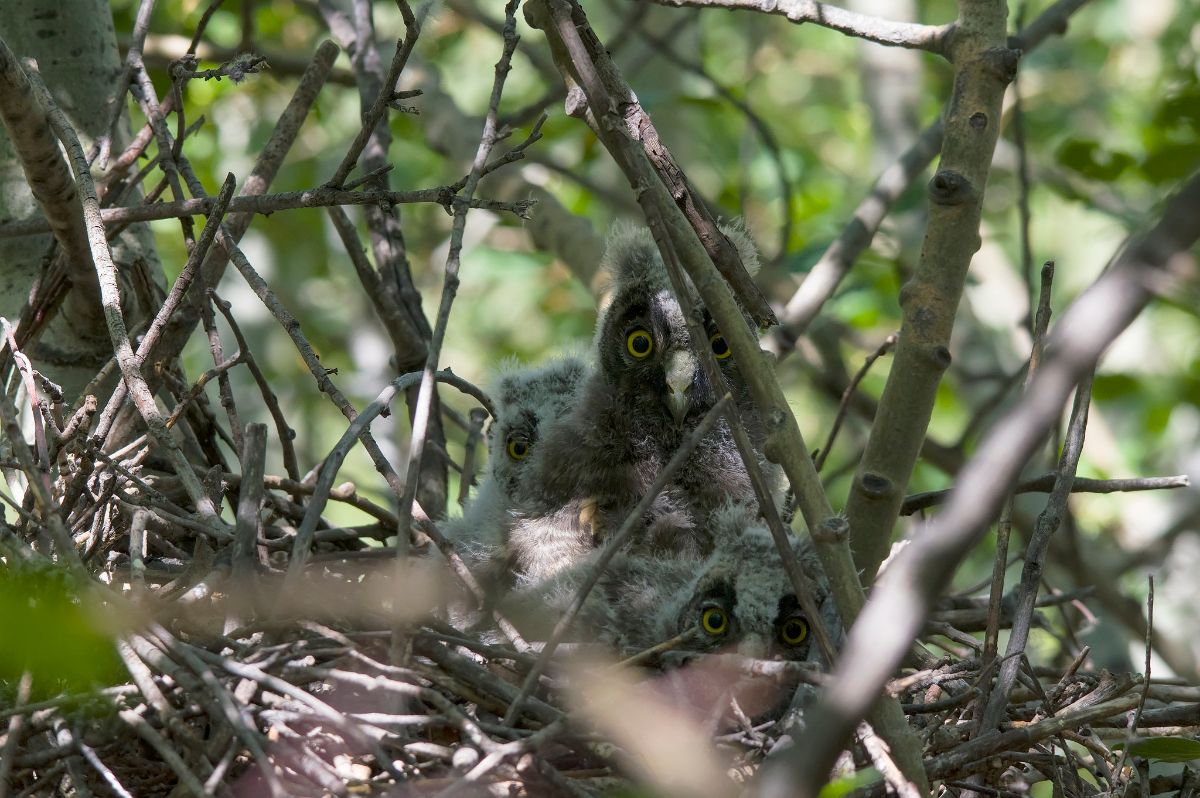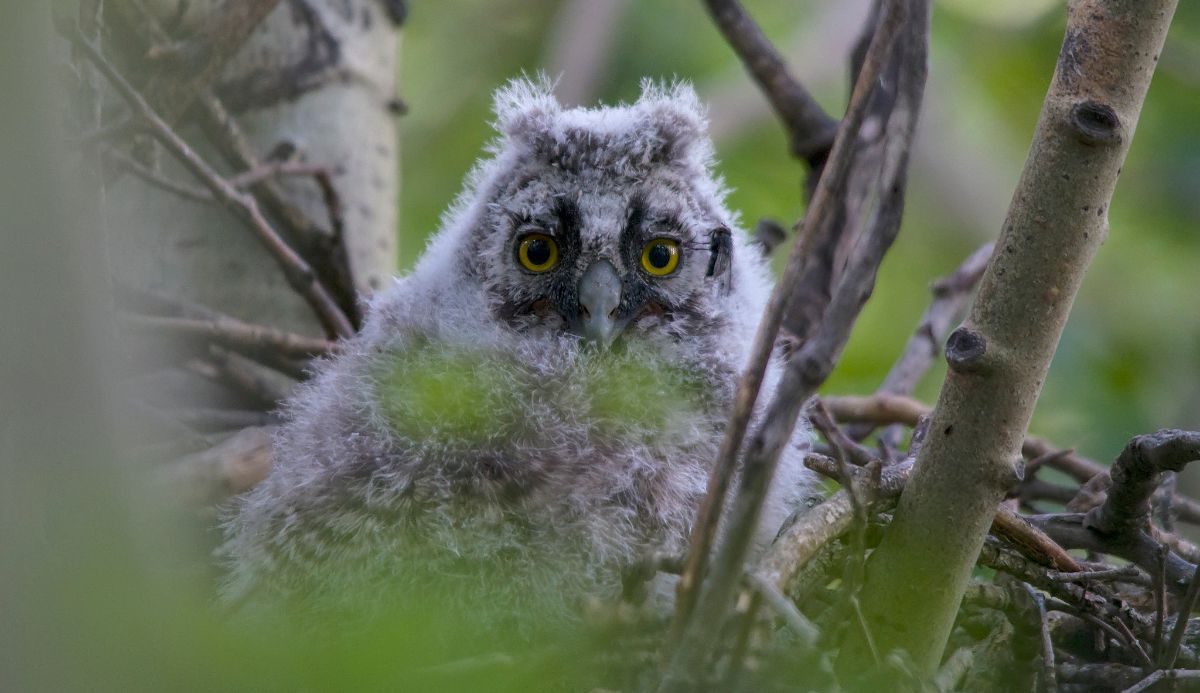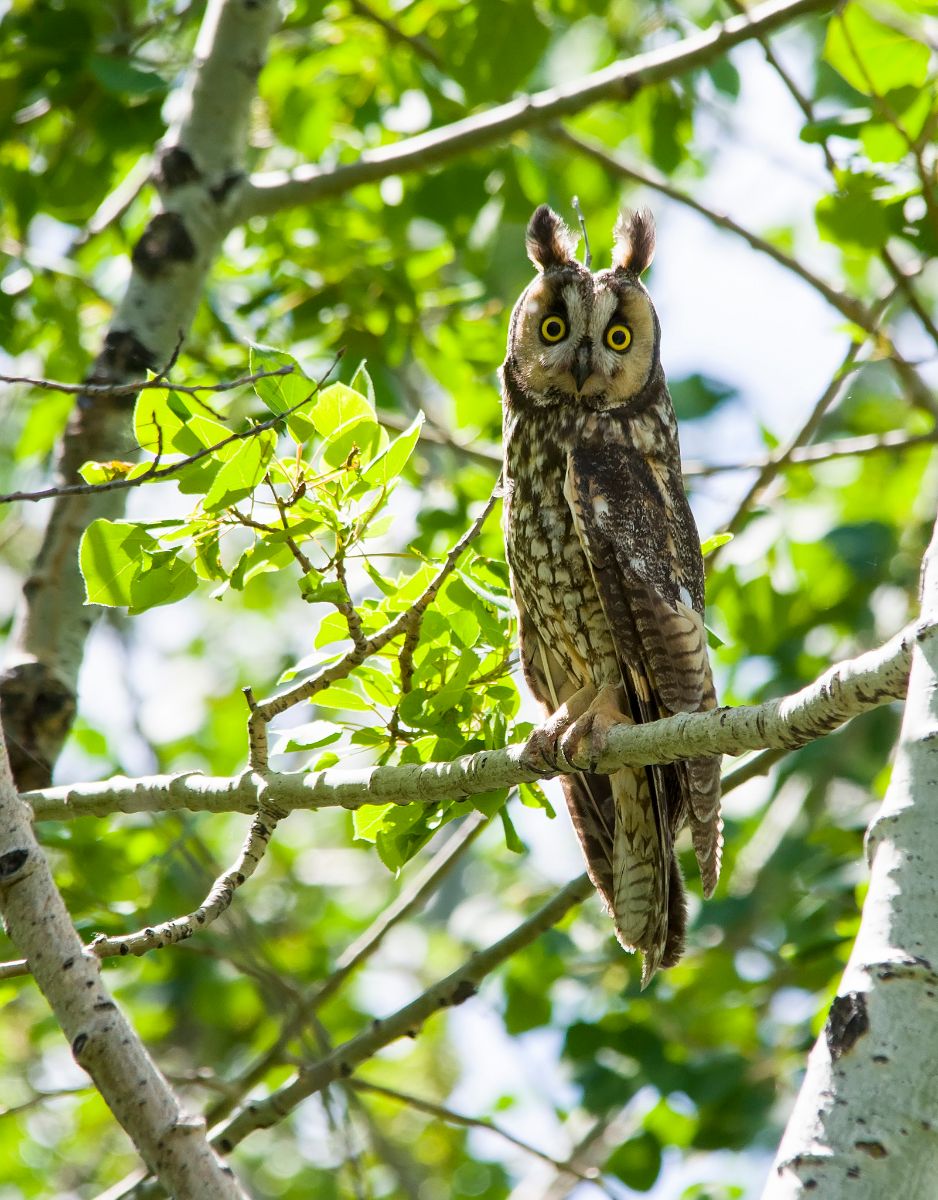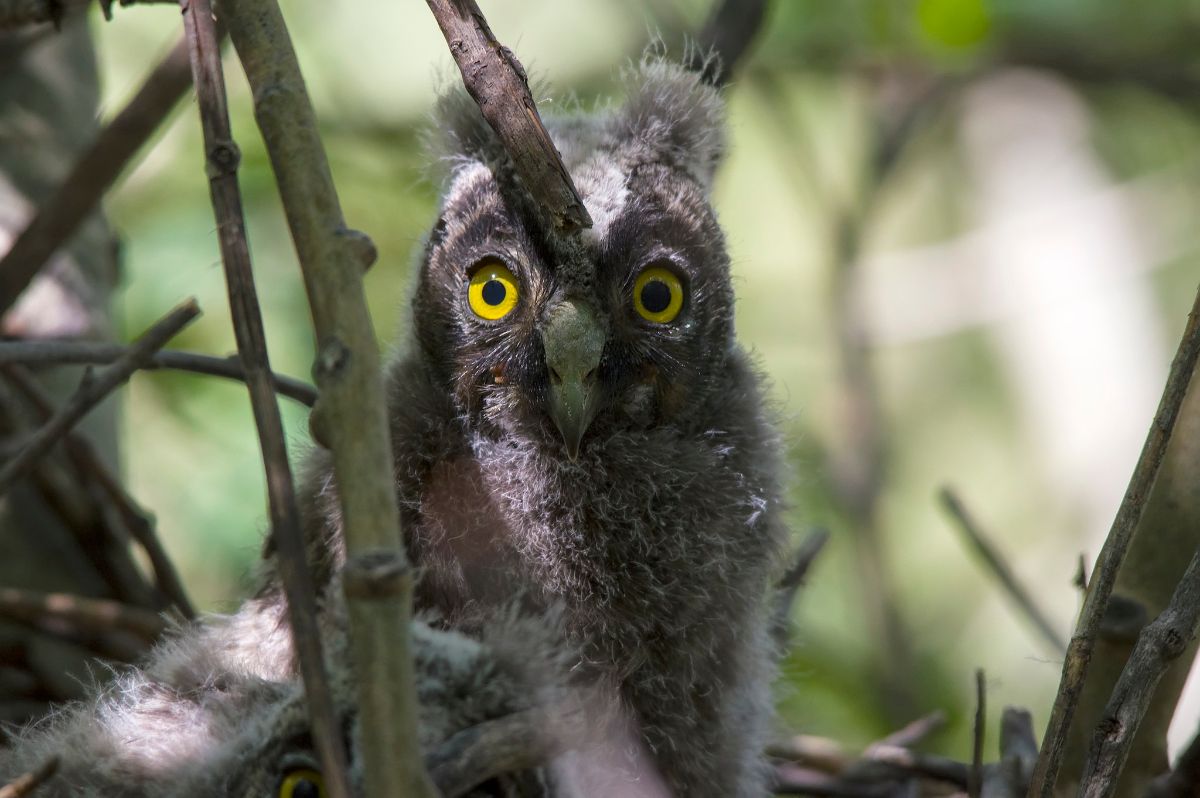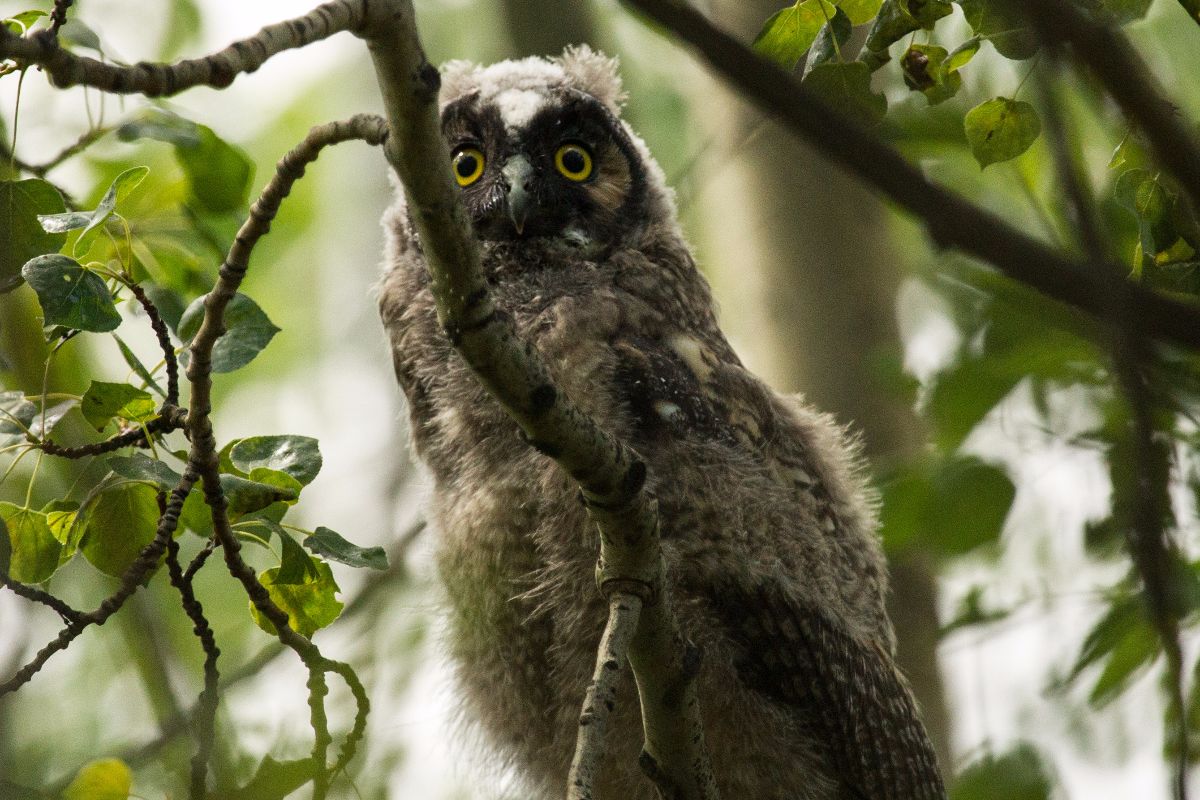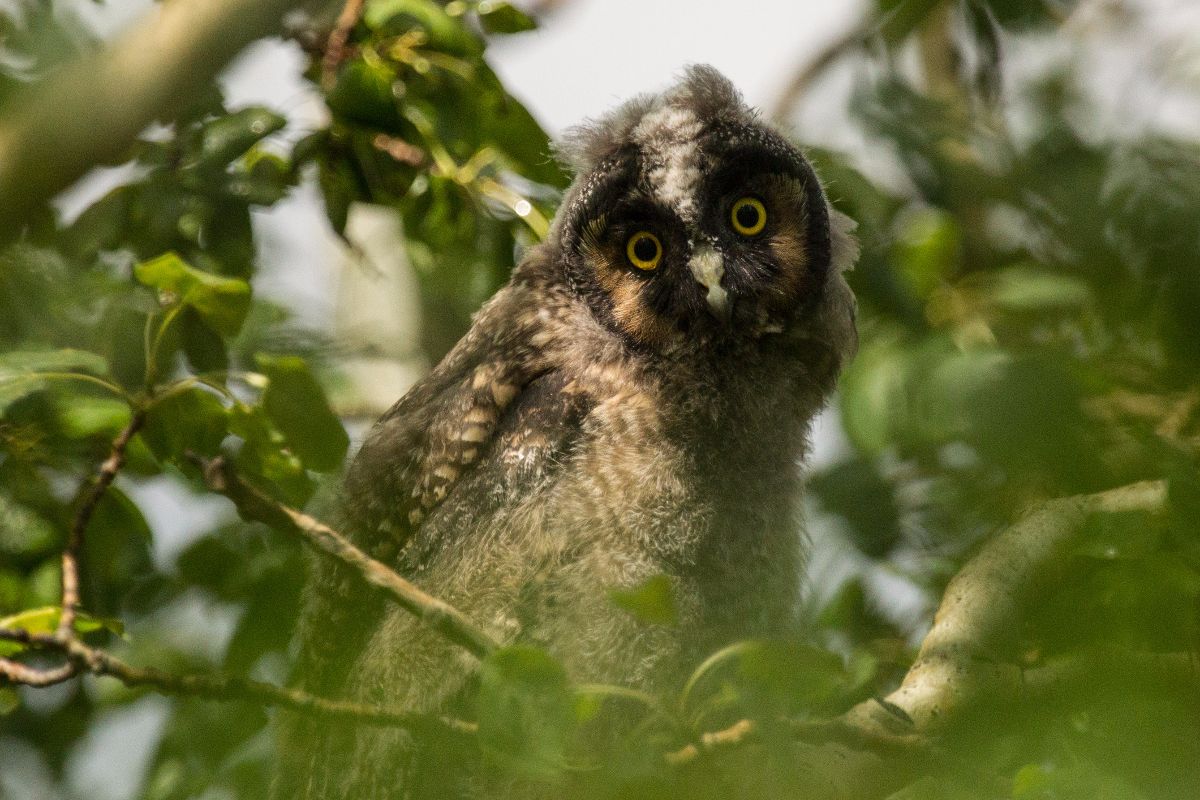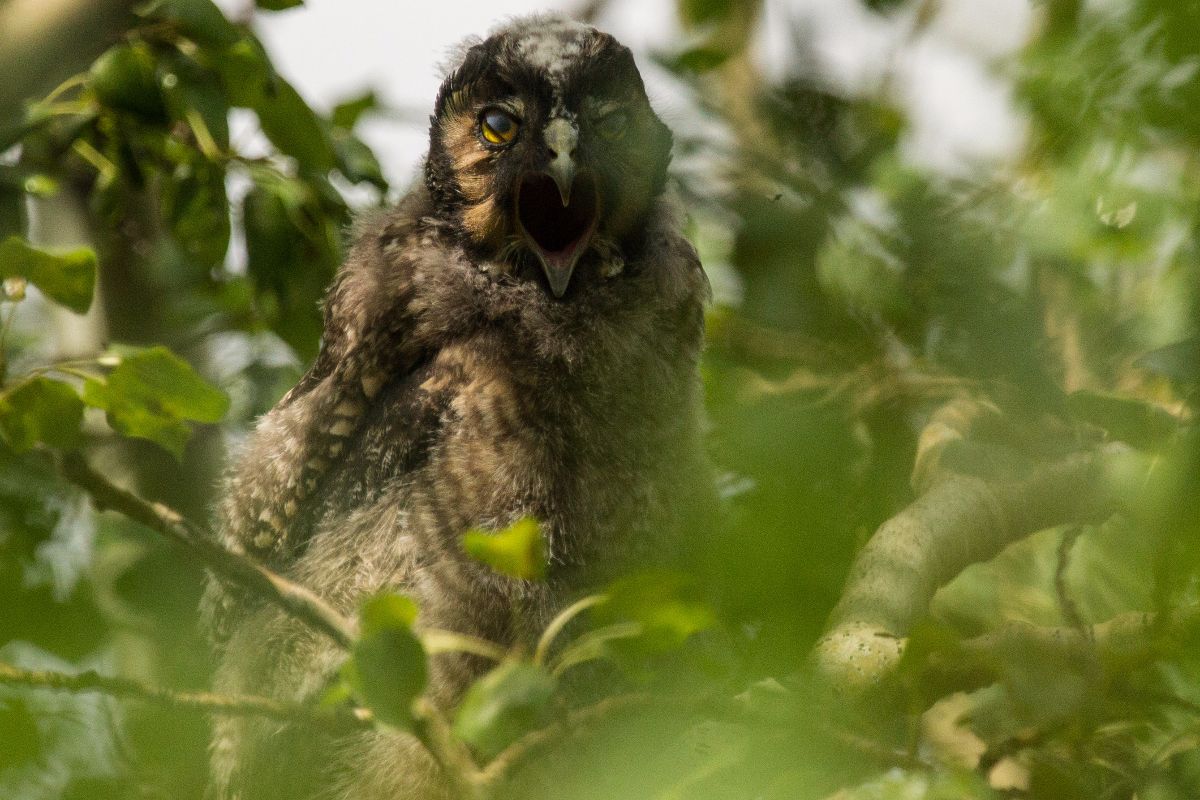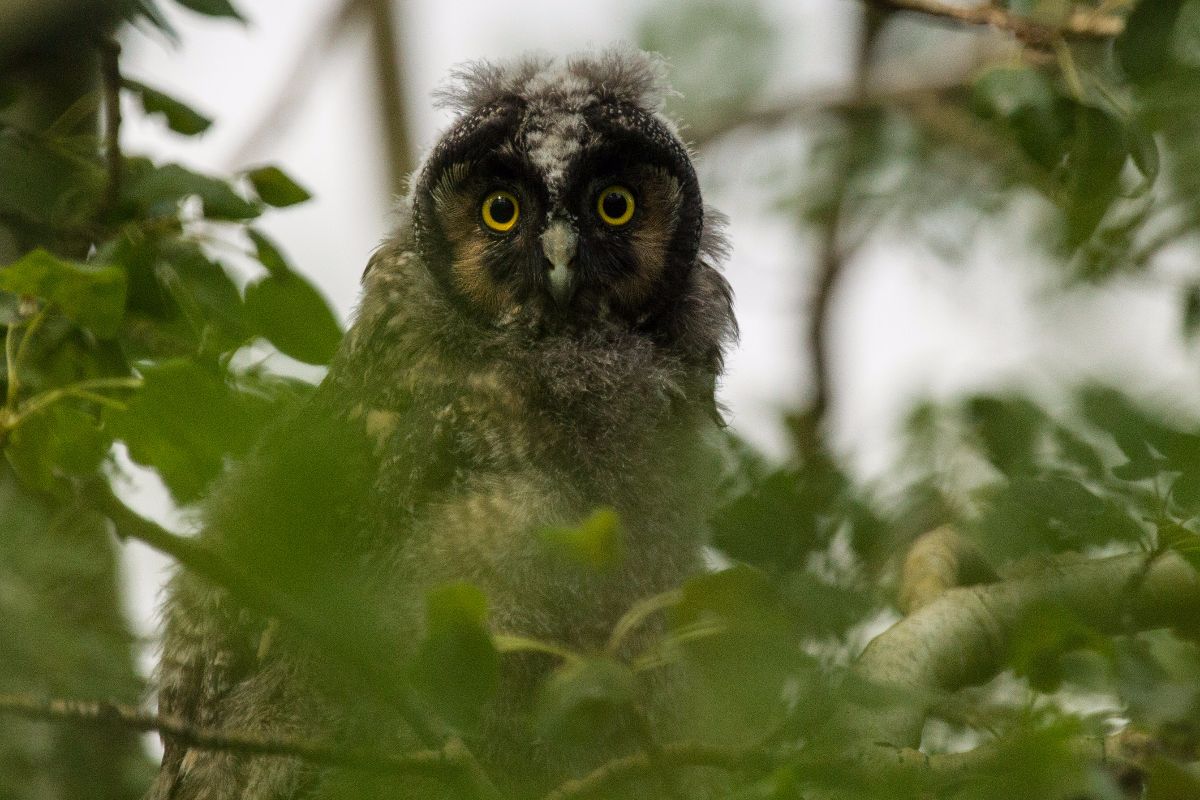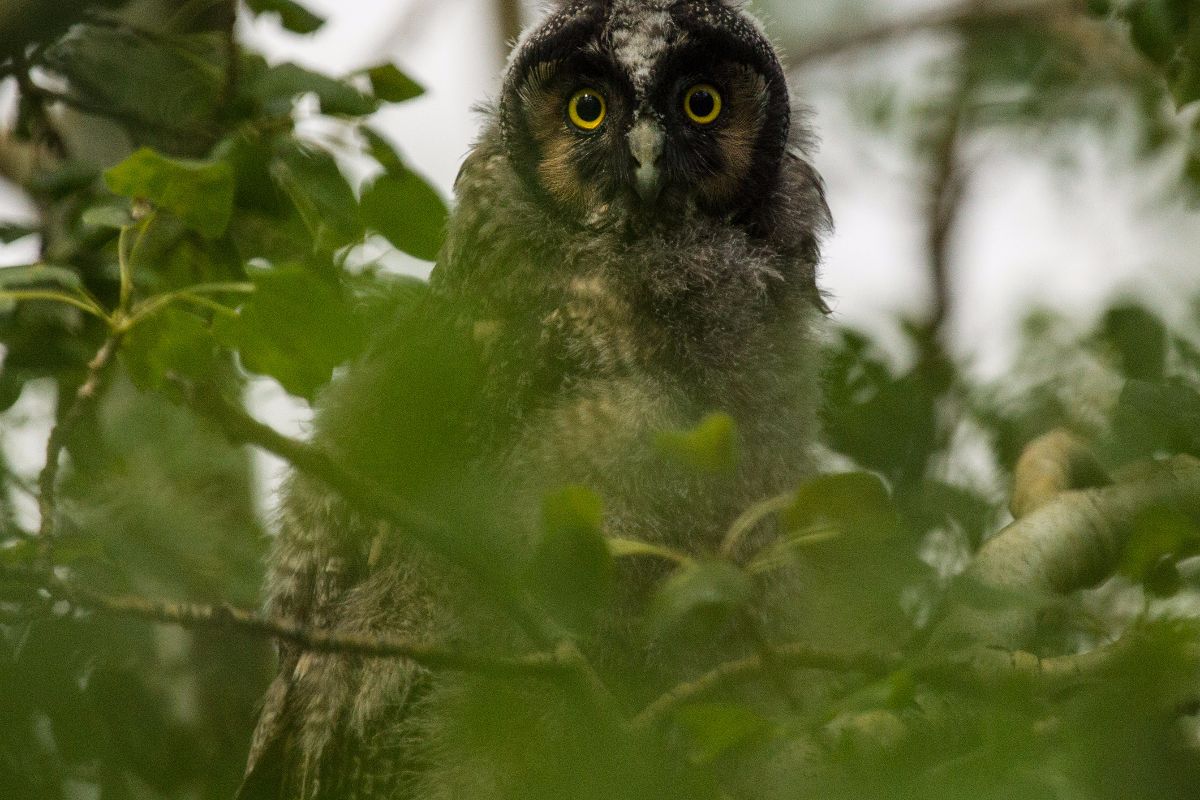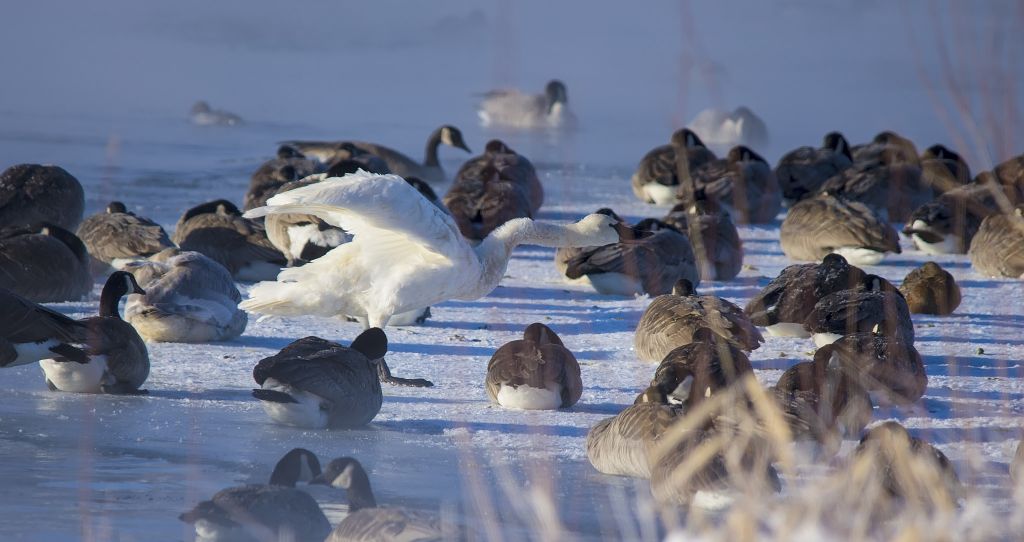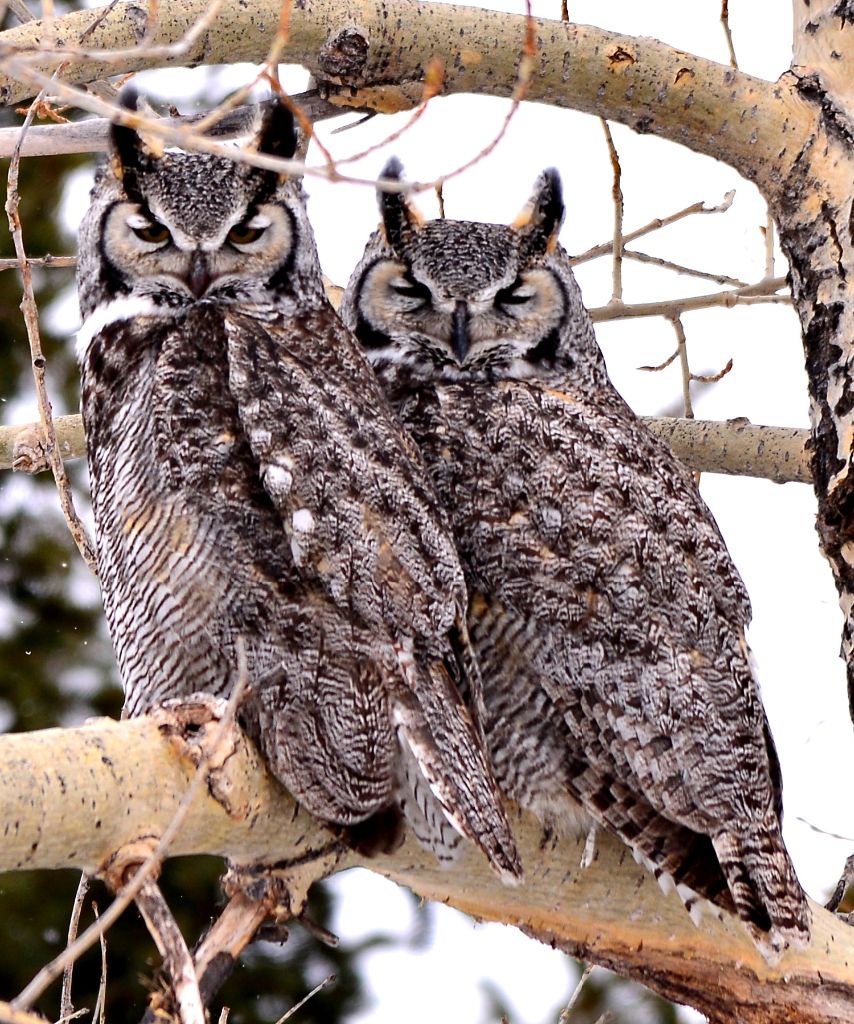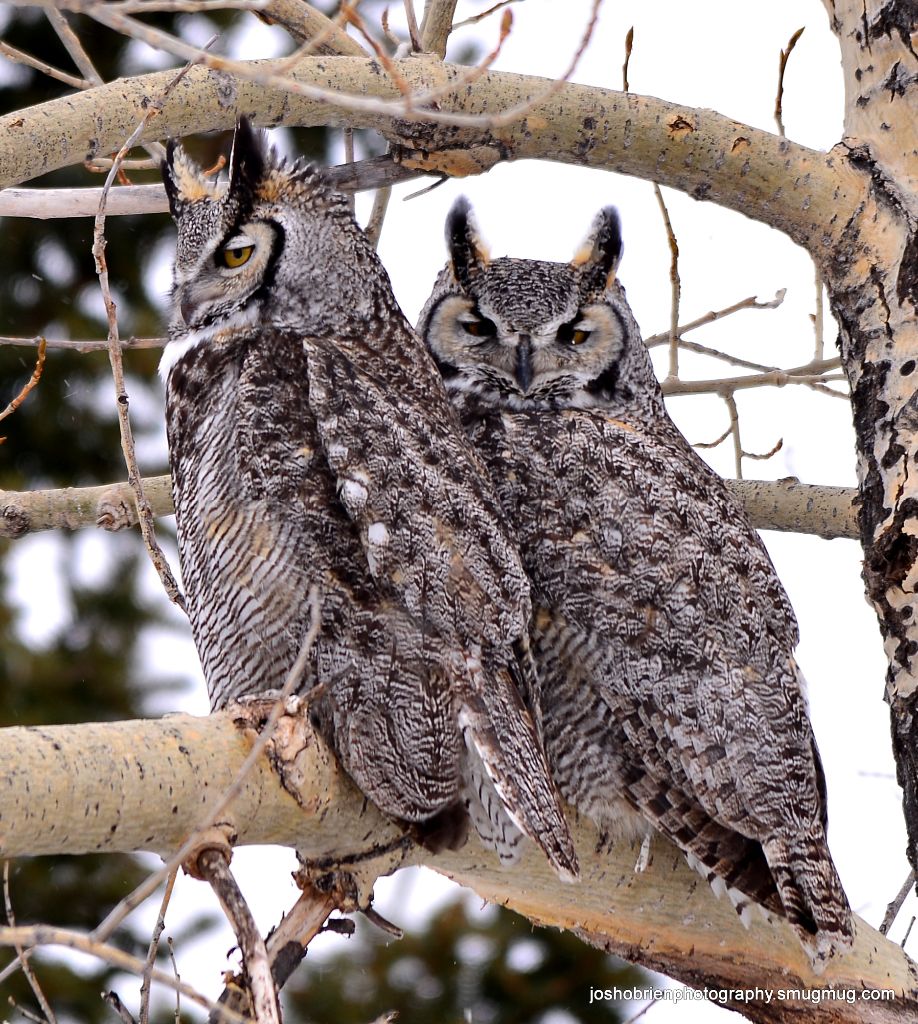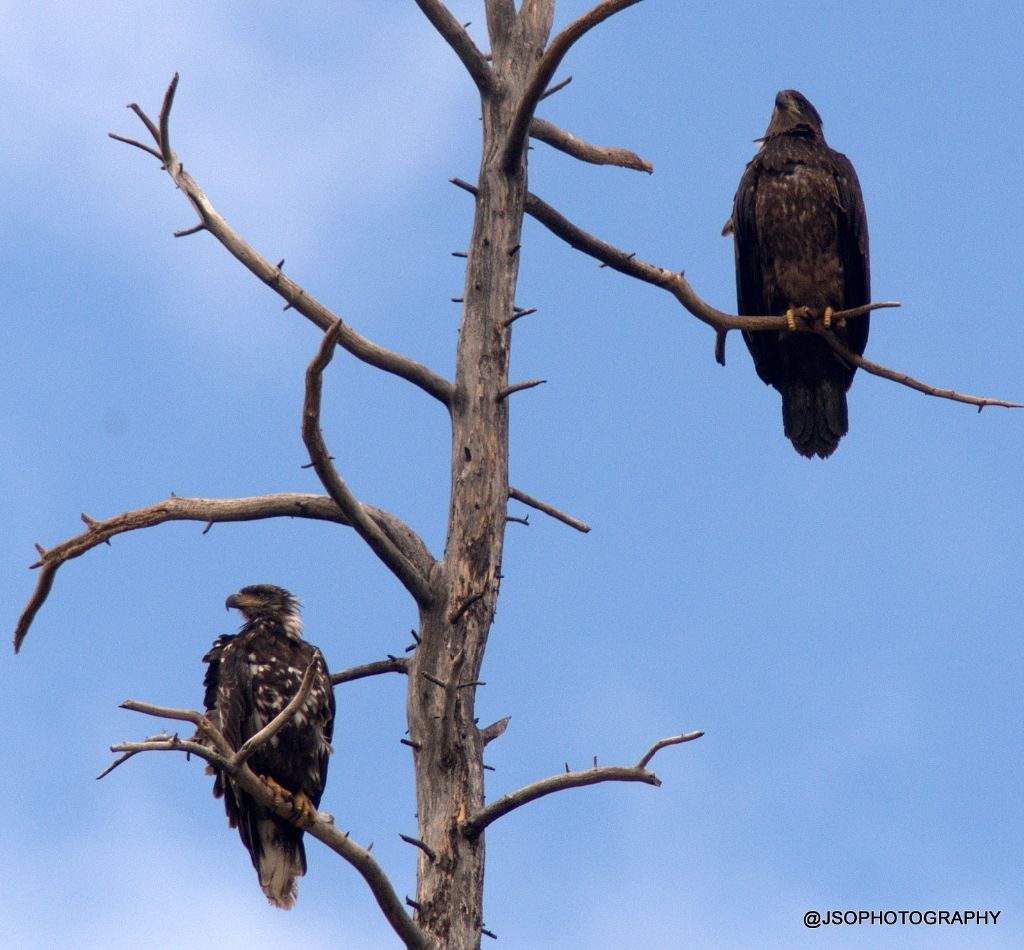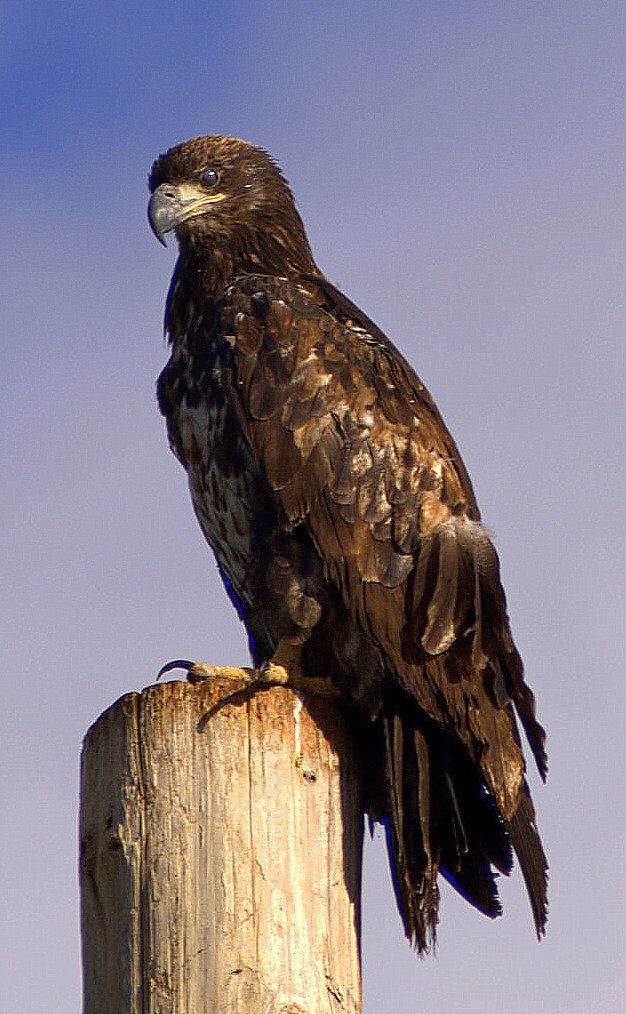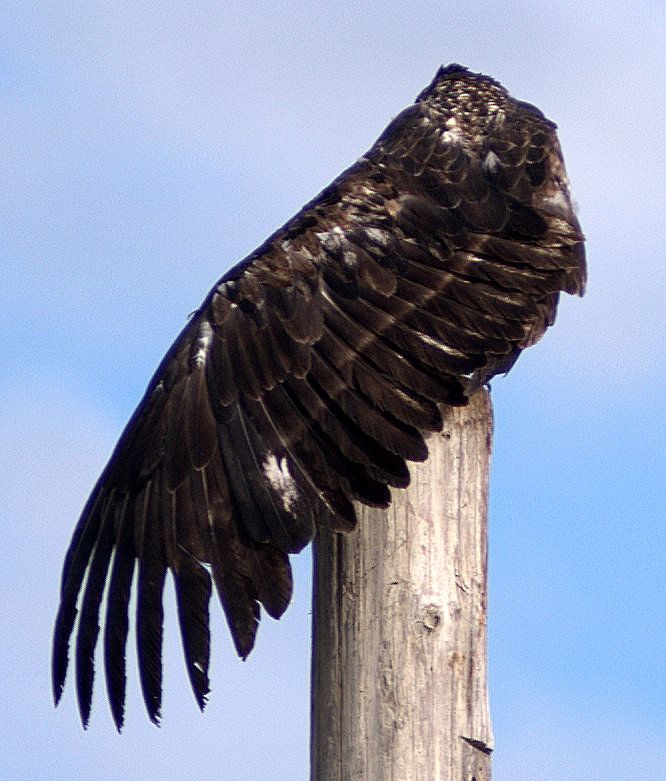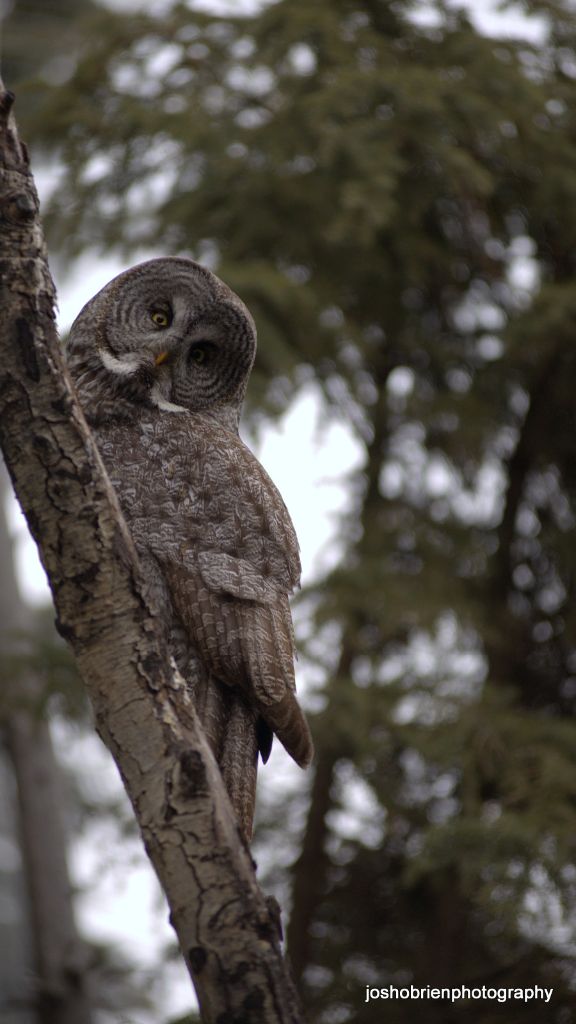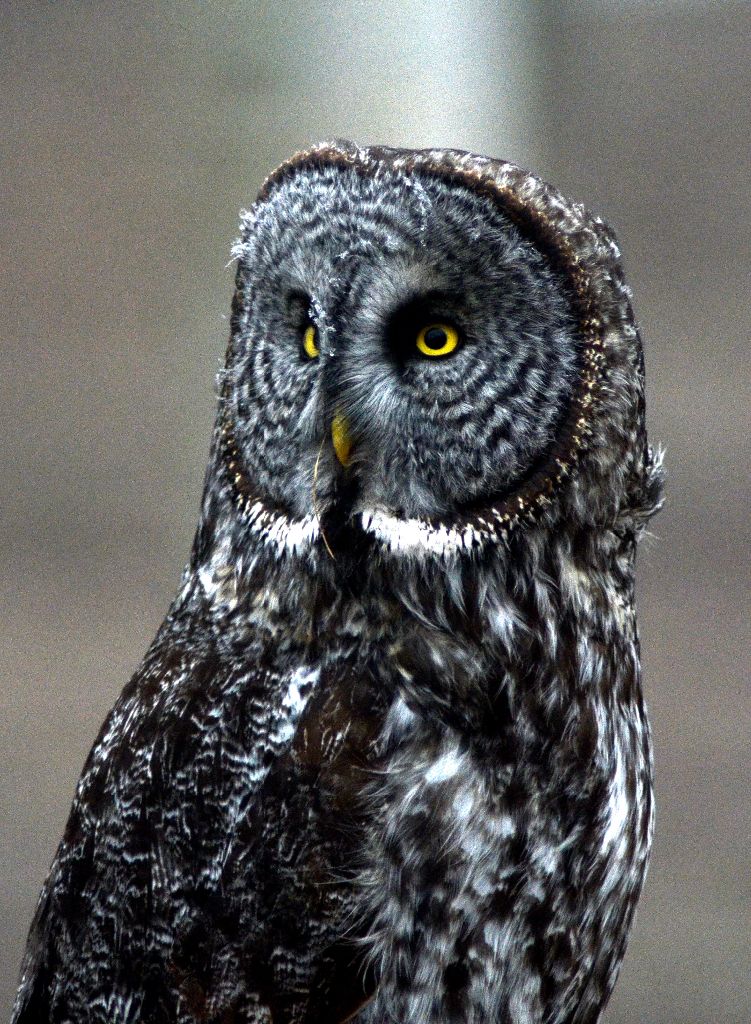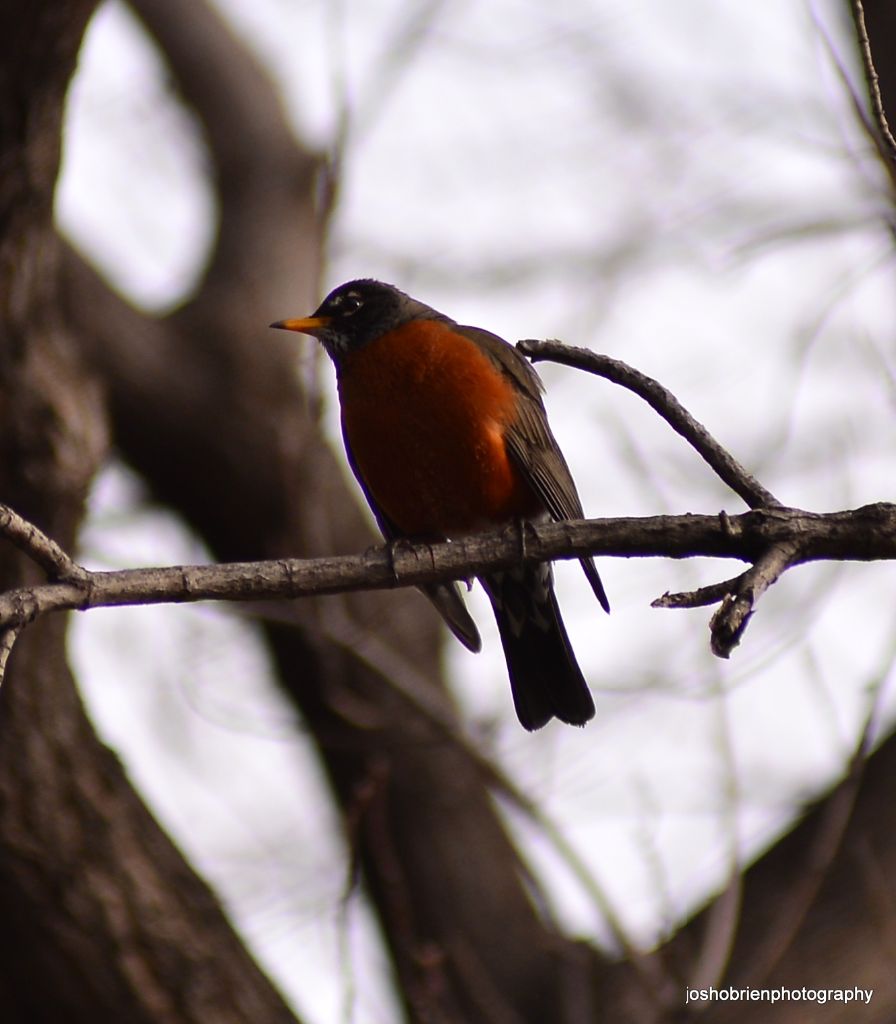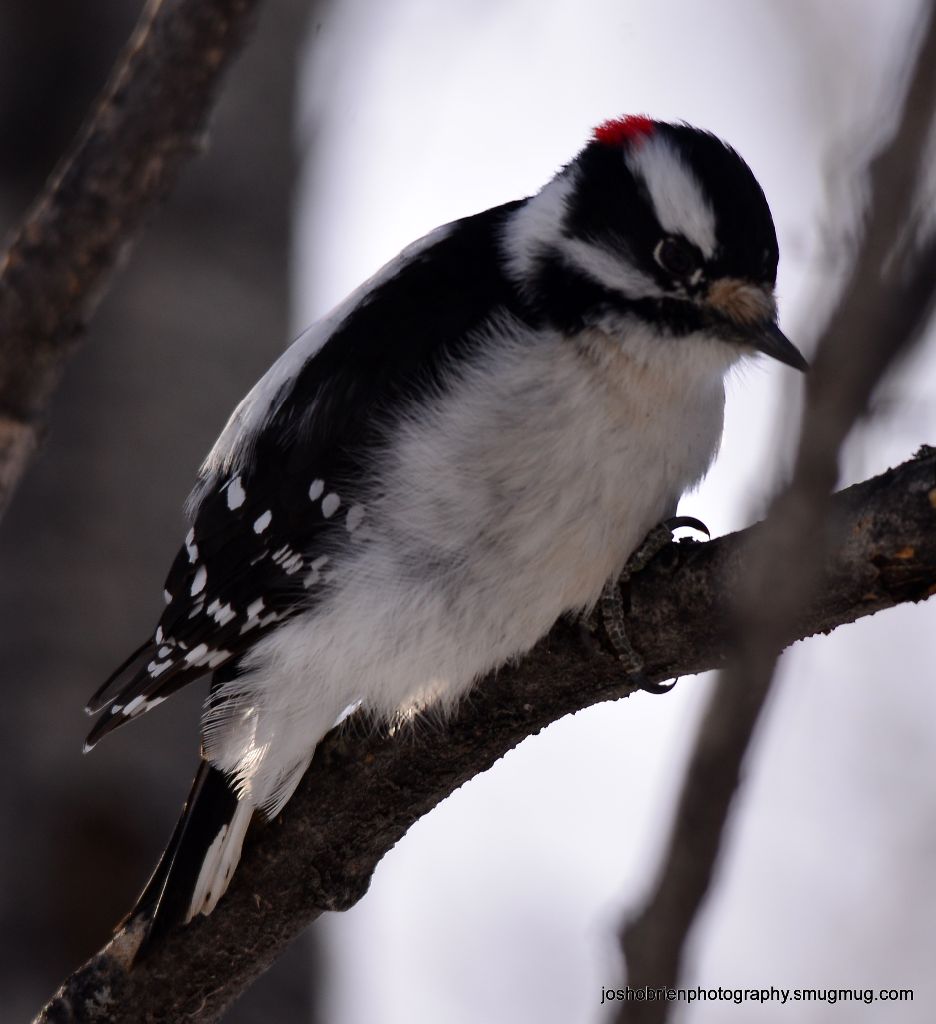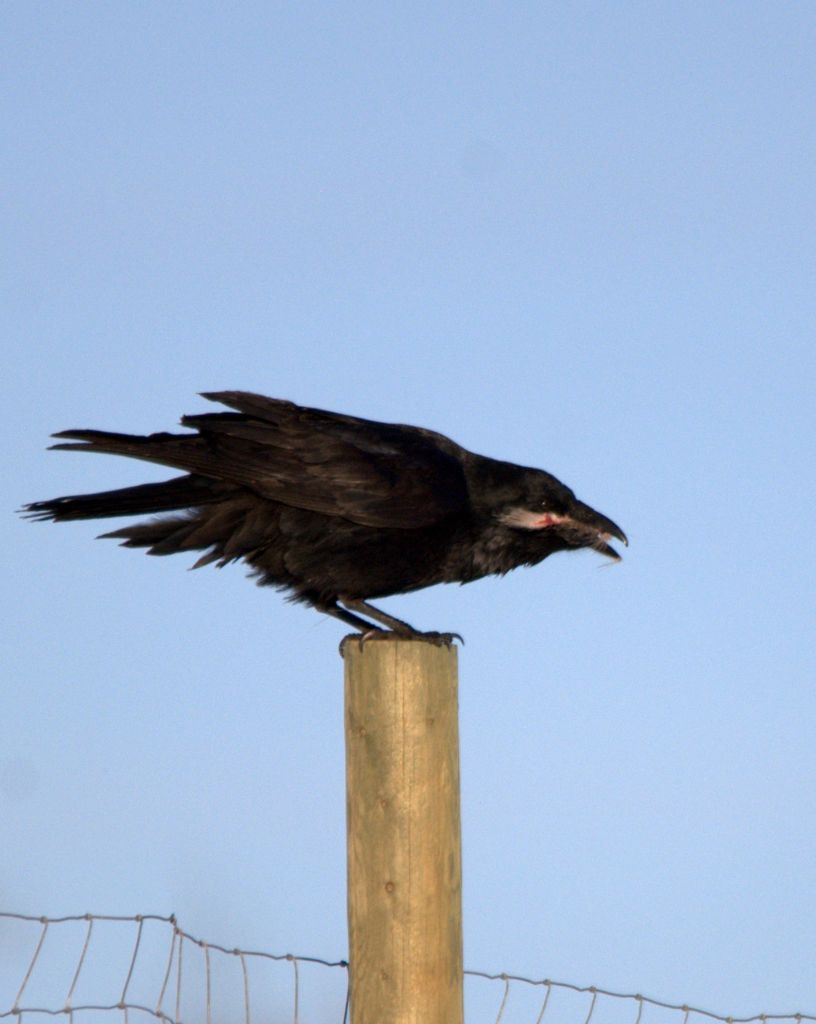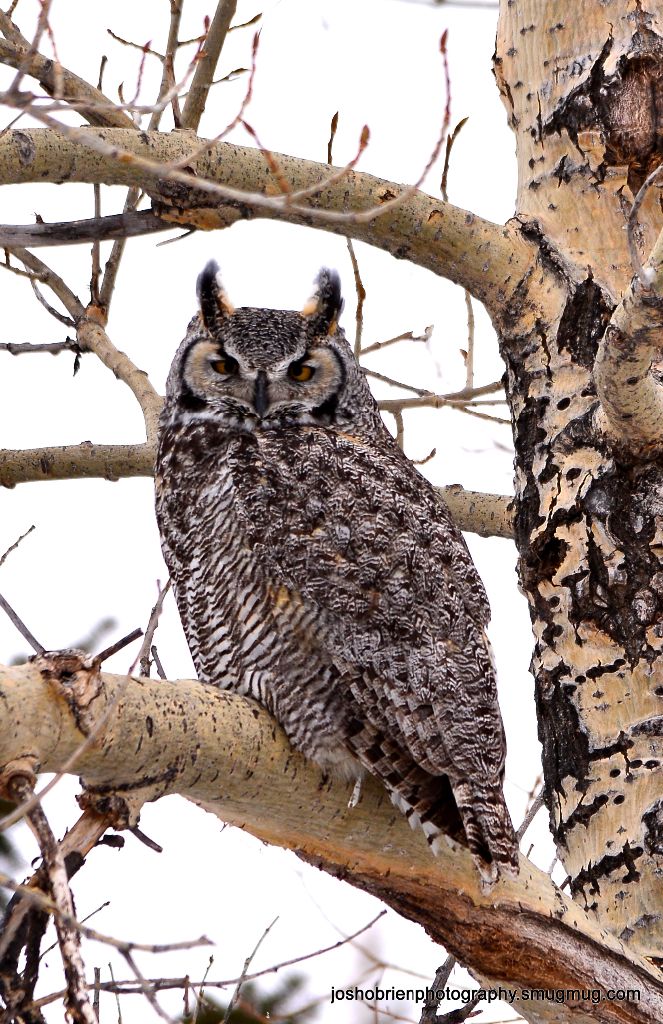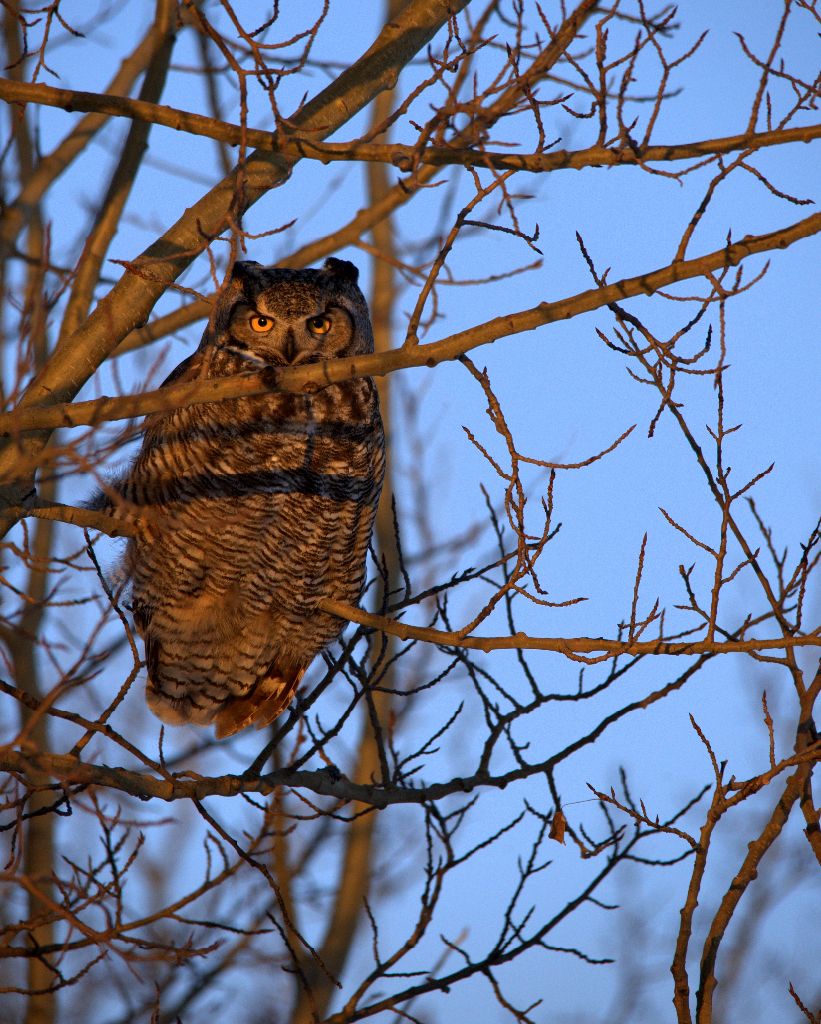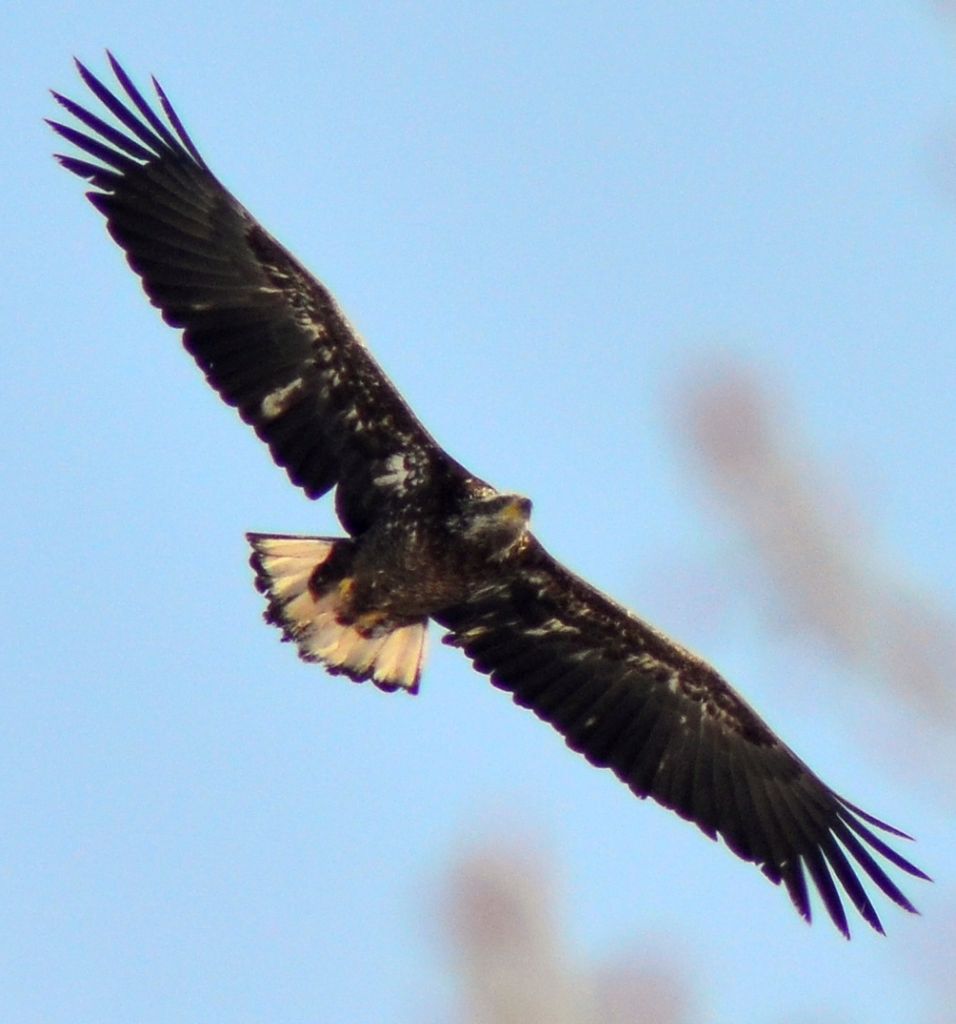Posted by Bob Lefebvre
For the past two decades Nature Calgary has sponsored year-long birding competitions every five years. In 2000 and 2010 the goal was to see as many species as you could within the city limits in the calendar year. In 2005 and 2015 goal was the same, but the area used was the 80-km-diameter circle centered on the Center Street Bridge.
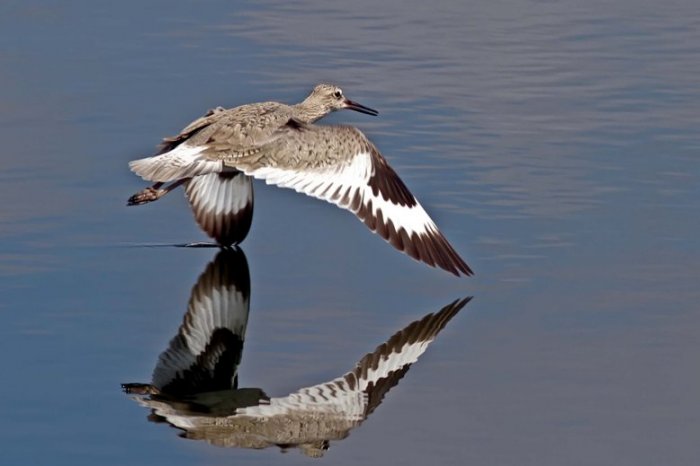
In keeping with the pattern, we’d like to announce the Calgary 2020 Big Year Birding Challenge. This will be a year-long event, in which participants try to identify as many species as they can within the city limits between January 1, 2020, and December 31, 2020. The challenge is led by Howard Heffler, Andrew Hart, Gavin McKinnon, and myself.
As in 2015, we will exclusively be using eBird to keep track of participant’s progress. Simply name your city limits patch “BirdYYC2020” and include in your patch all the locations for which you have submitted lists that are within the city limits. (If you already have a city limits patch, just rename it.) If you are not yet using eBird you will have to set up a free account first.
There are a lot of good articles on the eBird website about how to sign up, and how to set up patches. It is really quite easy, and the eBird site is also a tremendously useful resource for birders.
We are going to keep this very simple and informal. There will be no entry fees or prizes, no categories for different experience levels, and no waivers to sign. Rather than a competition, it will be a challenge – a personal test for each participant to try to reach new goals, explore new birding locations, and learn more about the birds of Calgary.
Participants are asked to send their name, ebird name and email address to Howard Heffler at: hheffler[at]shaw.ca. This will allow the organizers to communicate with active participants. At the end of the year, we will ask participants to share their species list to allow comparison with the results of the 2000 and 2010 competitions.
In the weeks and months ahead, we will be prepared to answer questions and take suggestions. We will use this blog for ongoing communication and to write helpful instructions for participants. We also will post stories on Albertabird and on Nature Calgary’s website. We encourage all participants to share their adventures and birding tips on Albertabird.
In the 2010 competition, Michael Harrison won with 240 species! (Amazingly, he saw every species while riding his bike, competing in the “Non-motorized Transport” category.) To read about the 2010 competition, see the 2010 blog here.
Of course, 240 is a very high total – about 265 species are seen within the city limits in a typical year, but many of those are one-day wonders. In a challenge like this, you should set a reasonable goal for yourself. My goal is to see more than 180 species, which is the best total I’ve had since I started using eBird in 2012. I would love to get 200!
A challenge like this is a lot of fun and gets you really involved in the local birding community. I hope you join us!
Please see the guidelines below for more information.
Calgary 2020 Big Year Birding Challenge
Nature Calgary is promoting a friendly “big year” birding challenge within Calgary city limits in 2020.
Background
There have been two “big year” competitions in Calgary; 2000 and 2010.
(There were also “Calgary Region” competitions in 2005 and 2015.)
Scope – an eBird “Patch” challenge
Challenge yourself to find as many species of birds as you can within the Calgary city limits in 2020!
All sightings must be within the city limits. See link below.
- Calendar year 2020.
- Open to all.
- No sub-categories for participants.
- No entry fee or prizes.
- No waivers.
- Nature Calgary field trips would have waivers exactly as per current practice.
Objective – a friendly competition
- Share sightings.
- Promote interest in birds and birding.
- Enjoy Calgary’s natural areas.
- More field trips.
- Compare results with 2000 and 2010.
Challenge Guidelines and Procedures
The organizers are proposing the following guidelines and procedures to make the challenge more enjoyable and rewarding for all participants.
- Participants “register” by adding an eBird patch (or re-naming their existing Calgary city-limits patch.) with the name: “BirdYYC2020” by January 1, 2020.
- Participants are asked to send their name, eBird name and email address to Howard Heffler at: hheffler[at]shaw.ca. This will allow the organizers to communicate with active participants. At the end of the year, we will ask participants to share their species list to allow comparison with the results of the 2000 and 2010 competitions.
- We recommend that participants re-name their patch back to their own city-limits patch after the challenge year is completed.
- Participants MUST share eBird lists and make sightings on eBird visible. The purpose is to allow all participants to chase sightings by others. Specifically: on eBird, under My eBird, select Preferences; Data privacy – elect to NOT hide your eBird data.
- Anybody at any time can see who is leading and his/her total number of sightings to date by looking on eBird at patch totals.
- We have created “BirdYYC2020 RBA”, a WhatsApp group for sharing instant updates on unusual birds within the city limits of Calgary. To join the group, send a message to Gavin McKinnon (403) 519-8703.
Helpful Hints and Participant Expectations
- There are about 200 hotspots in the Calgary “county”. All the ones within the city-limits (90) begin with the prefix “Calgary” or “Fish Creek PP”.
- Over the next few weeks we will develop detailed procedures and instructions for things such as:
- how to set up an eBird patch,
- how to set up eBird alerts,
- how to join Albertabird,
- how to use WhatsApp,
- how to use the mapping tools, and
- other topics that might arise.
- We hope to make a seasonal list of birds to help participants target specific species during each season.
- Some species will be identified as “reportable” so you know what will be of special interest to everyone else.
- Of course, we will do what we can to ensure participants respect private property, drive and act safely and responsibly, and follow ABA ethical guidelines: especially as it relates to protecting sensitive species.
- We have maps of the city boundary in PDF format available.
- Here, also, is an online Google map of Calgary.
Any questions or suggestions contact:
- Howard Heffler: hheffler[at]shaw.ca
- Andrew Hart: andrewhart[at]shaw.ca
- Bob Lefebvre: wbird7[at]gmail.com
- Gavin McKinnon: gmckinnonbird[at]gmail.com
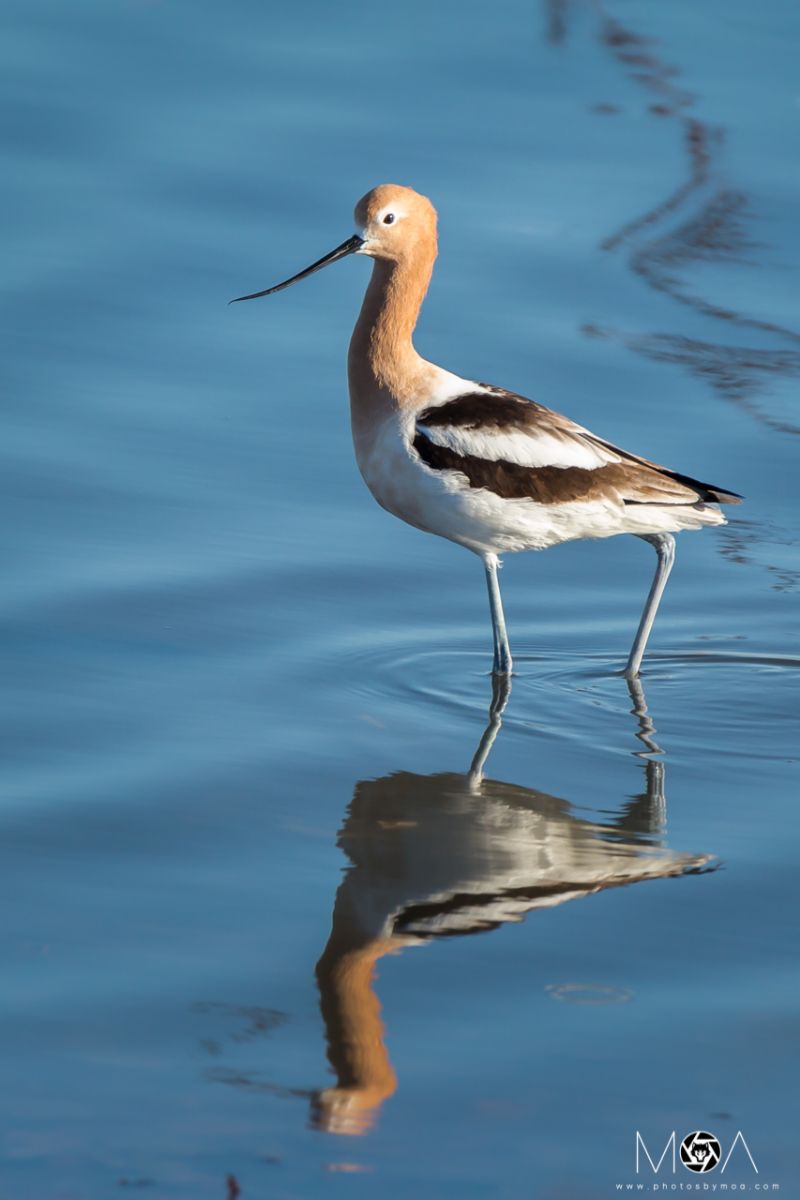

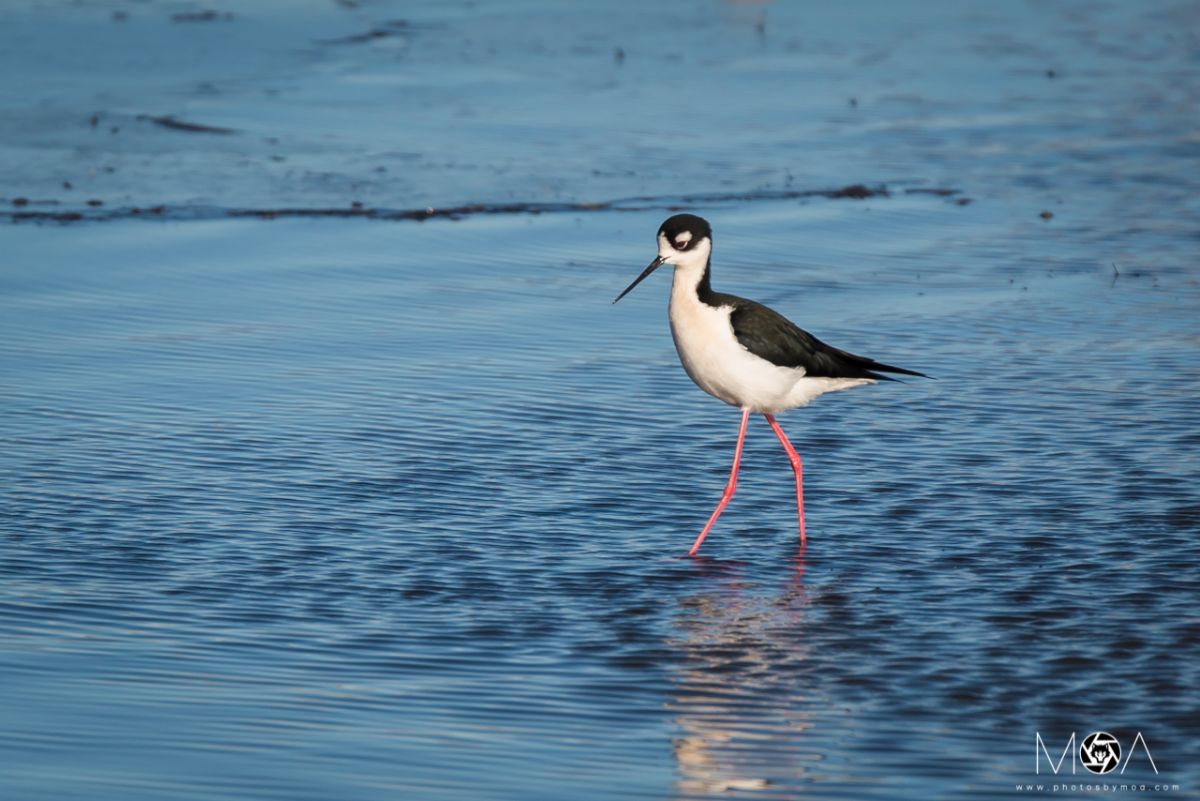
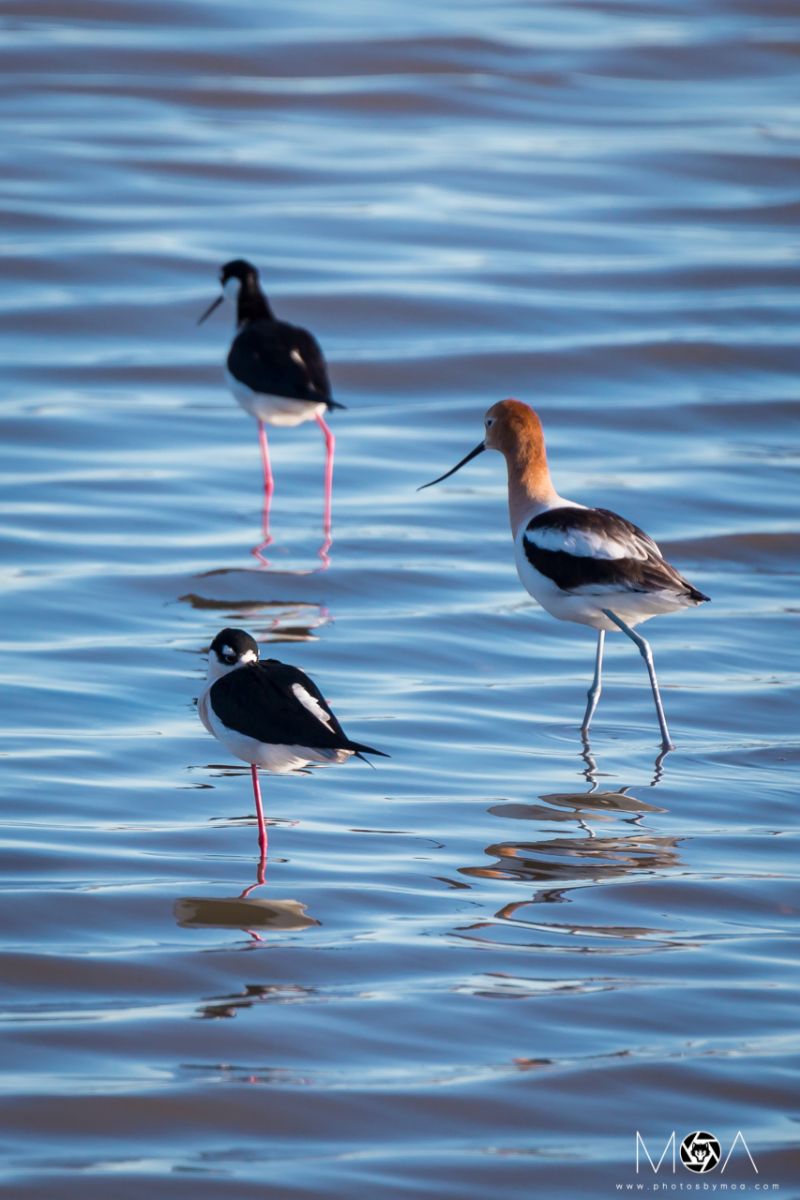 Two Black-necked Stilt and one American Avocet.
Two Black-necked Stilt and one American Avocet.